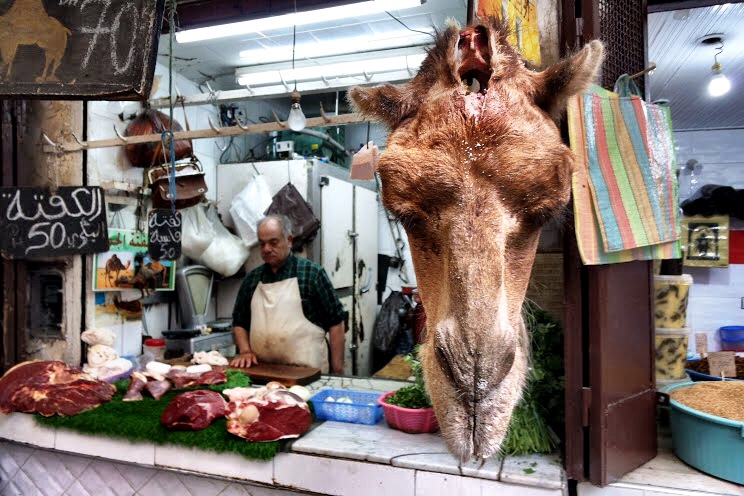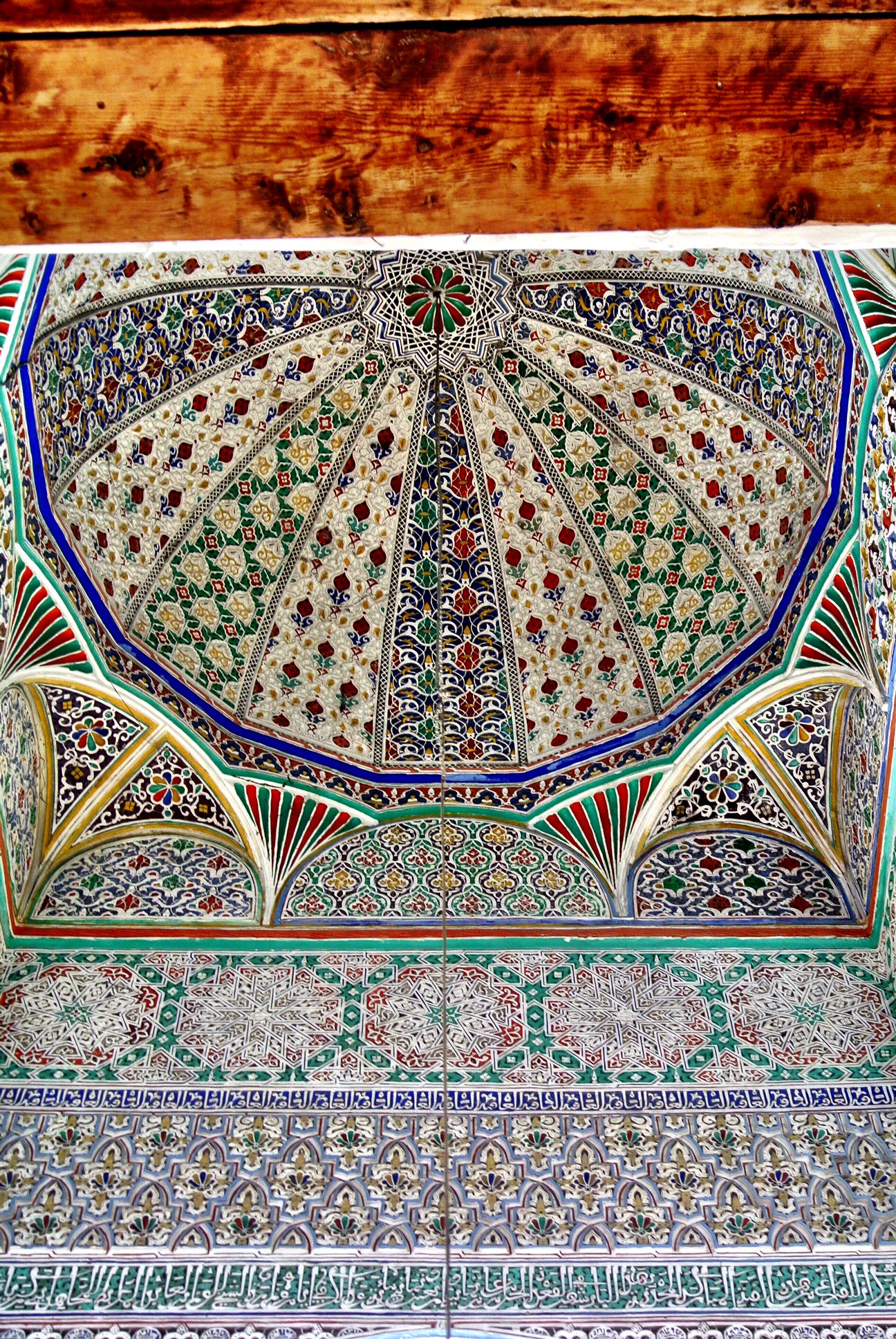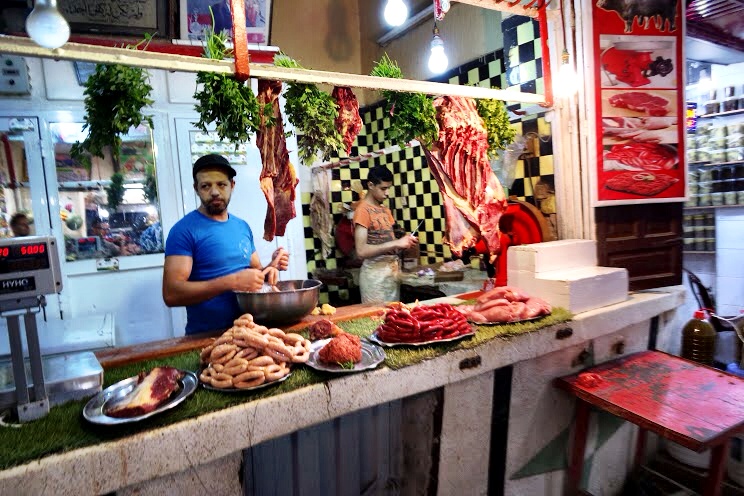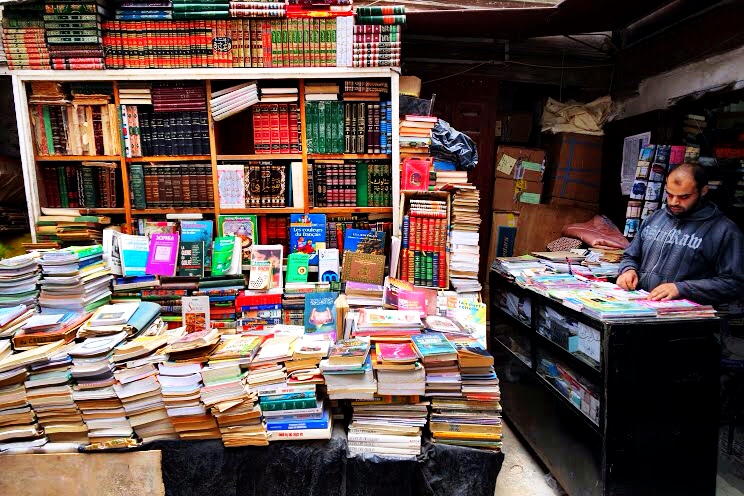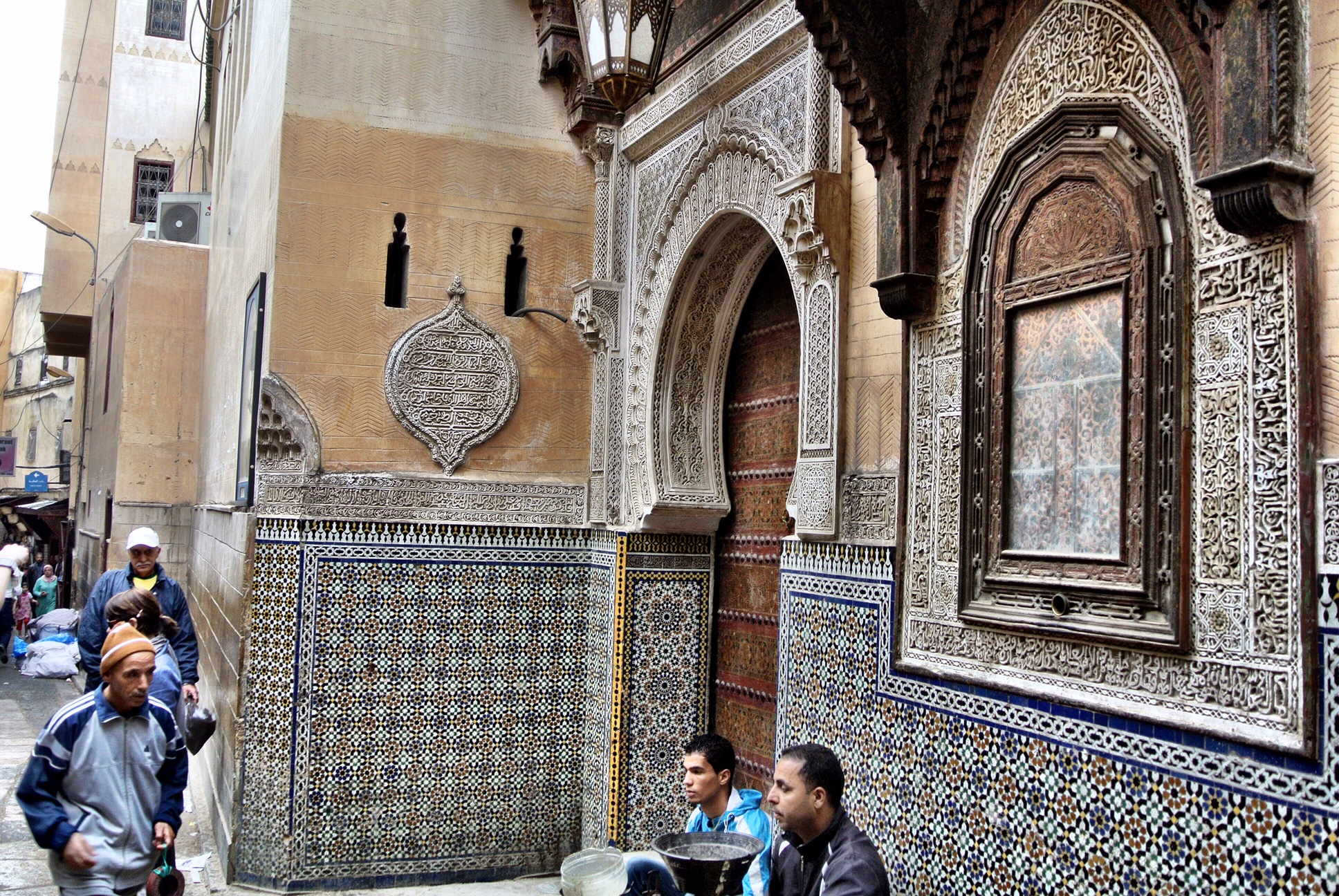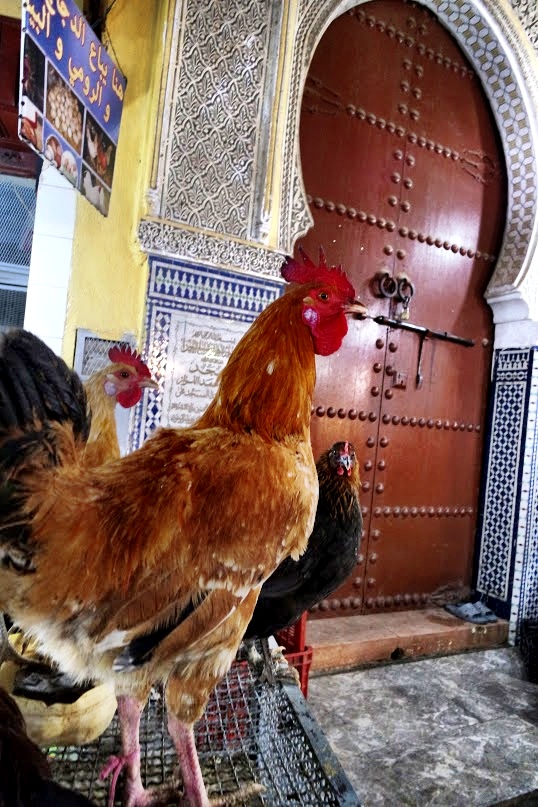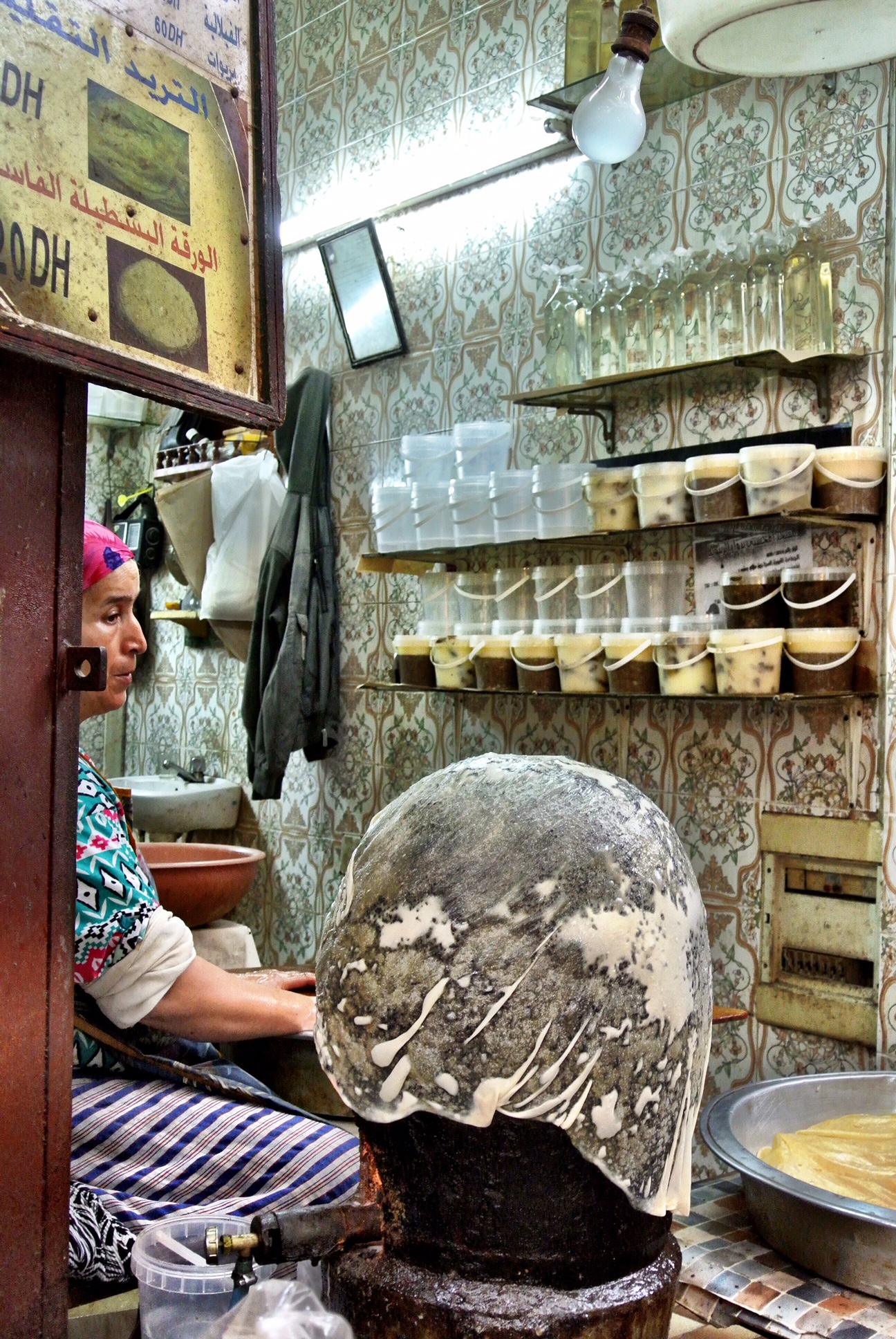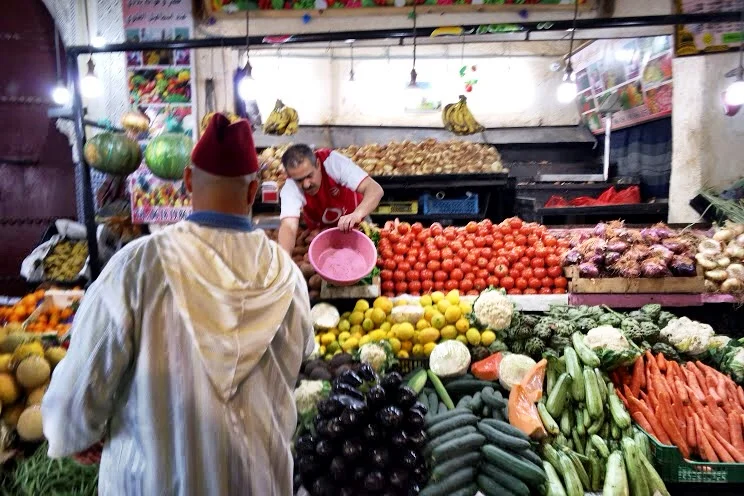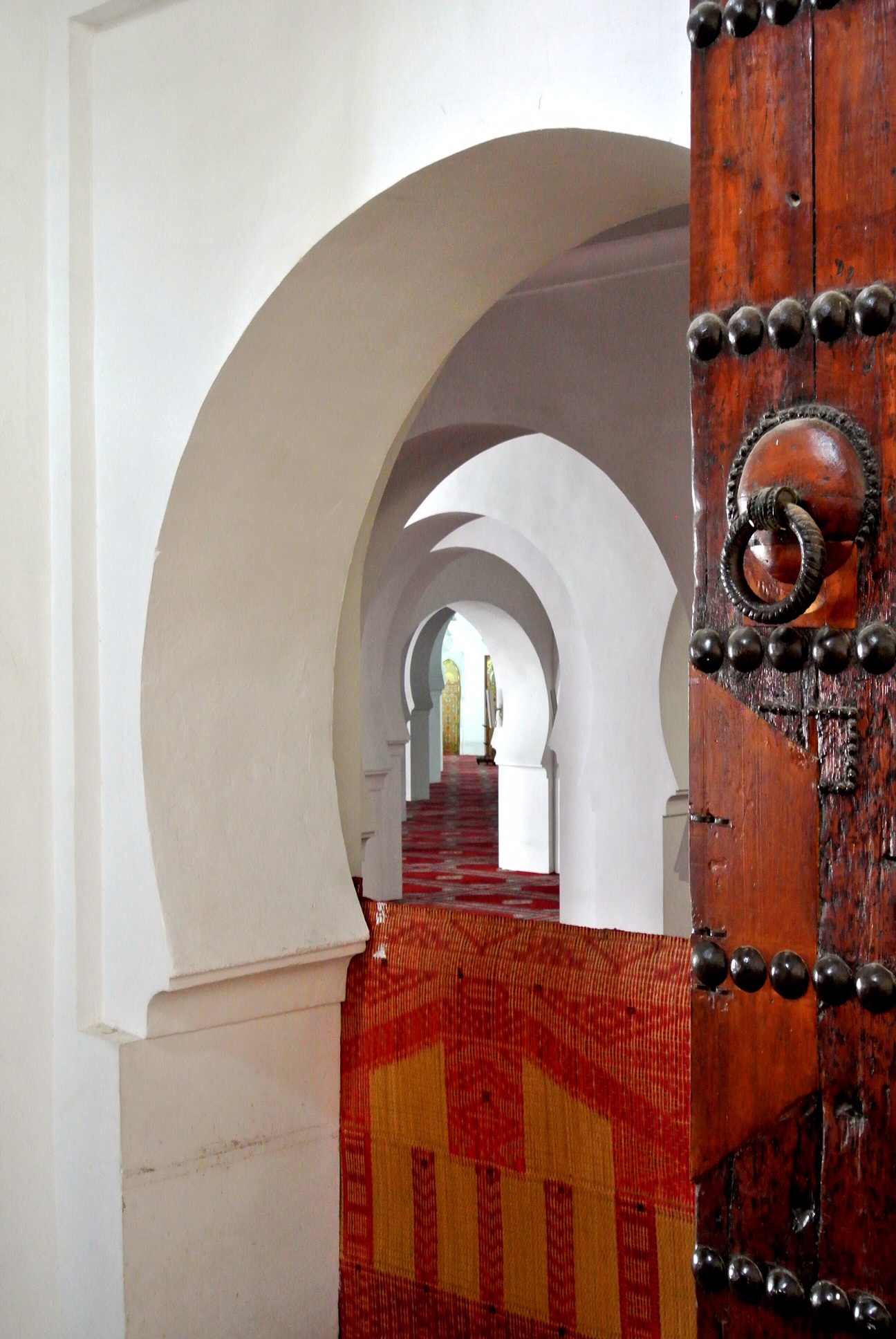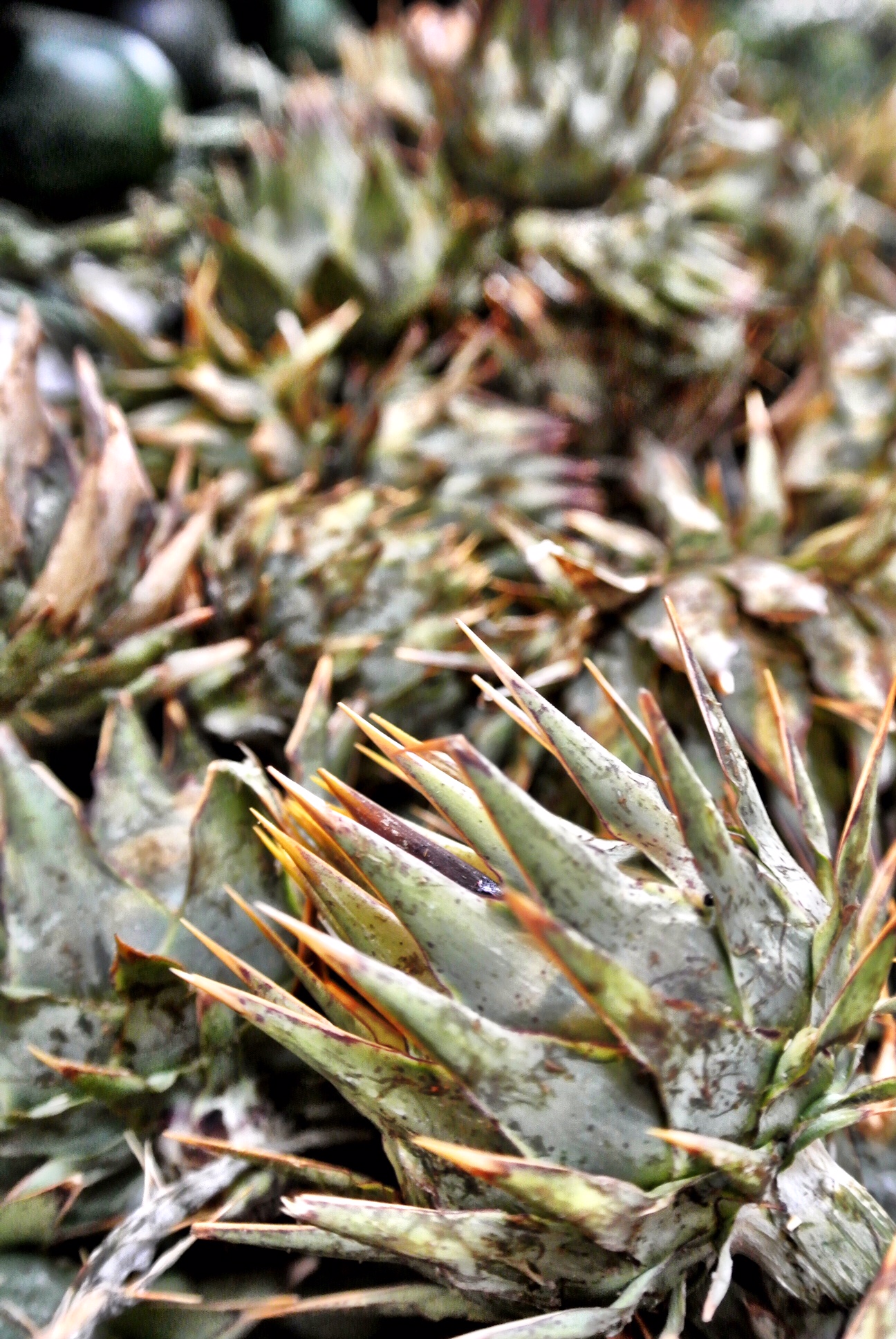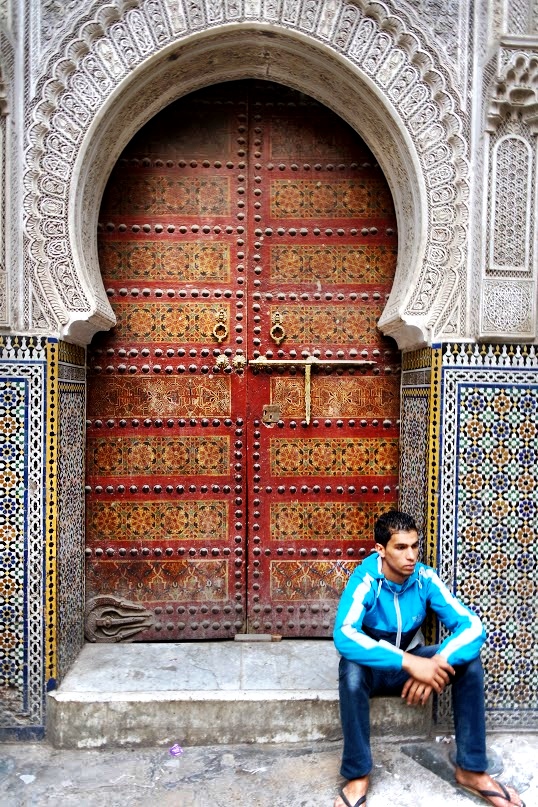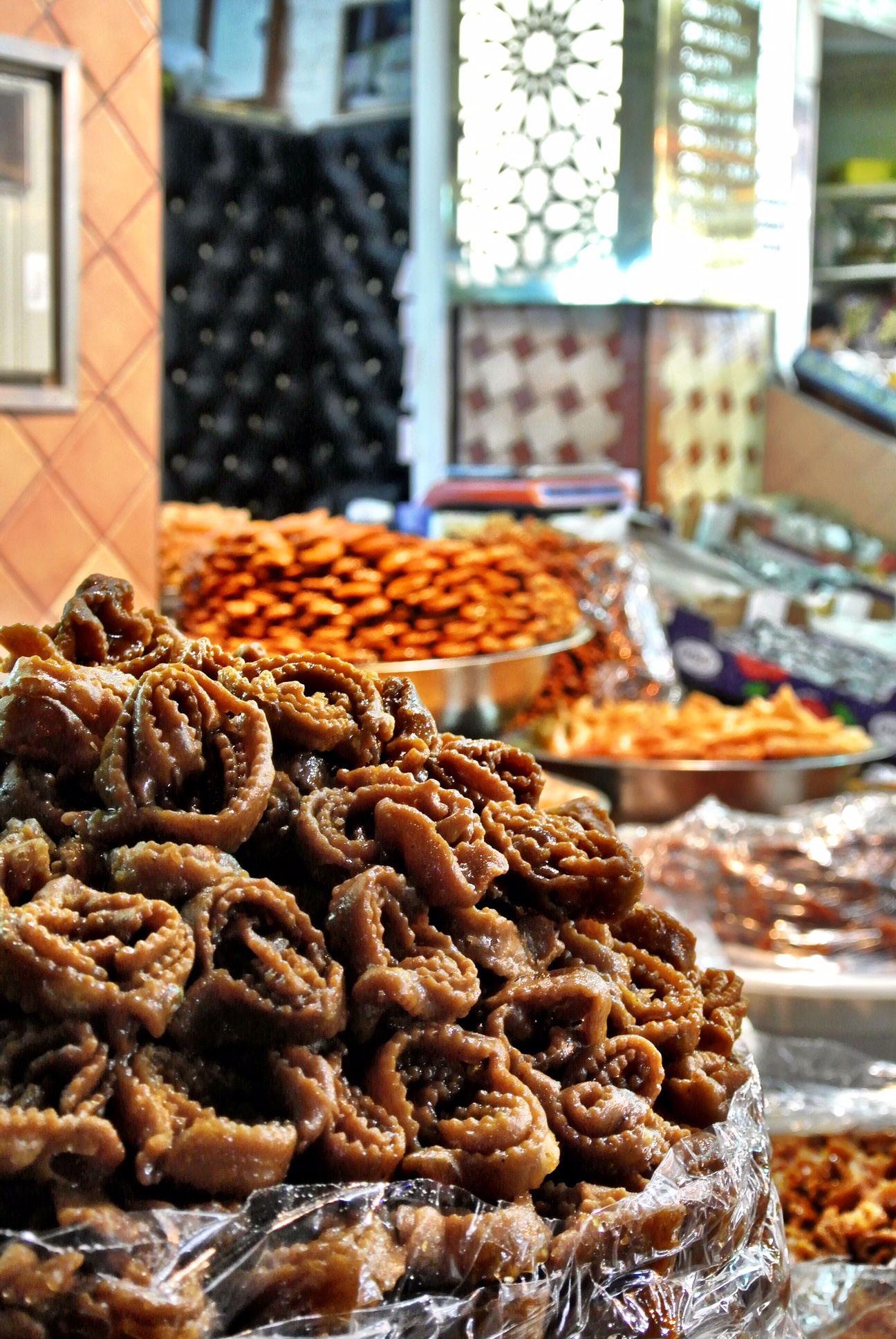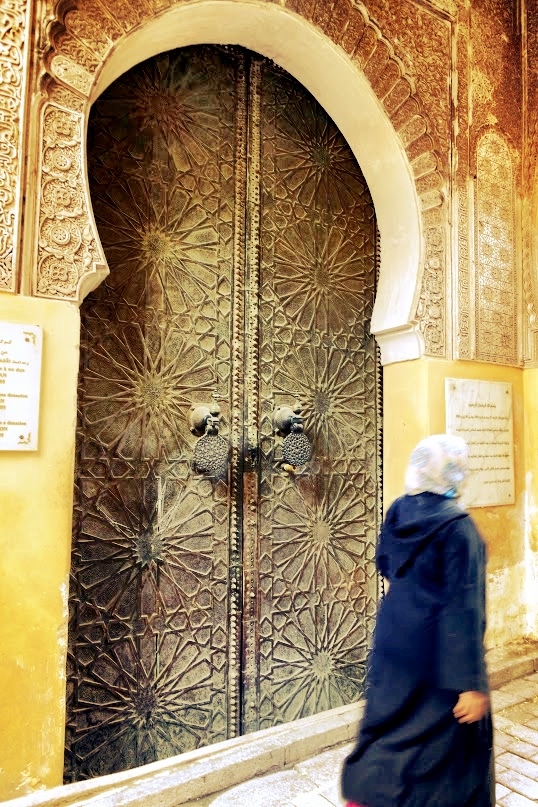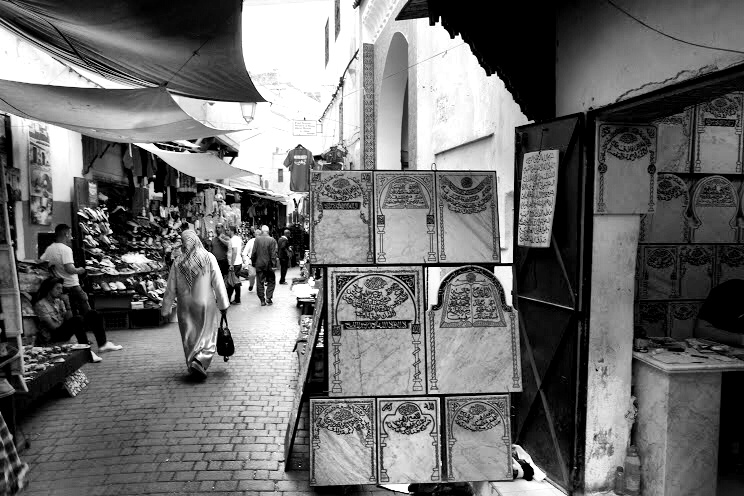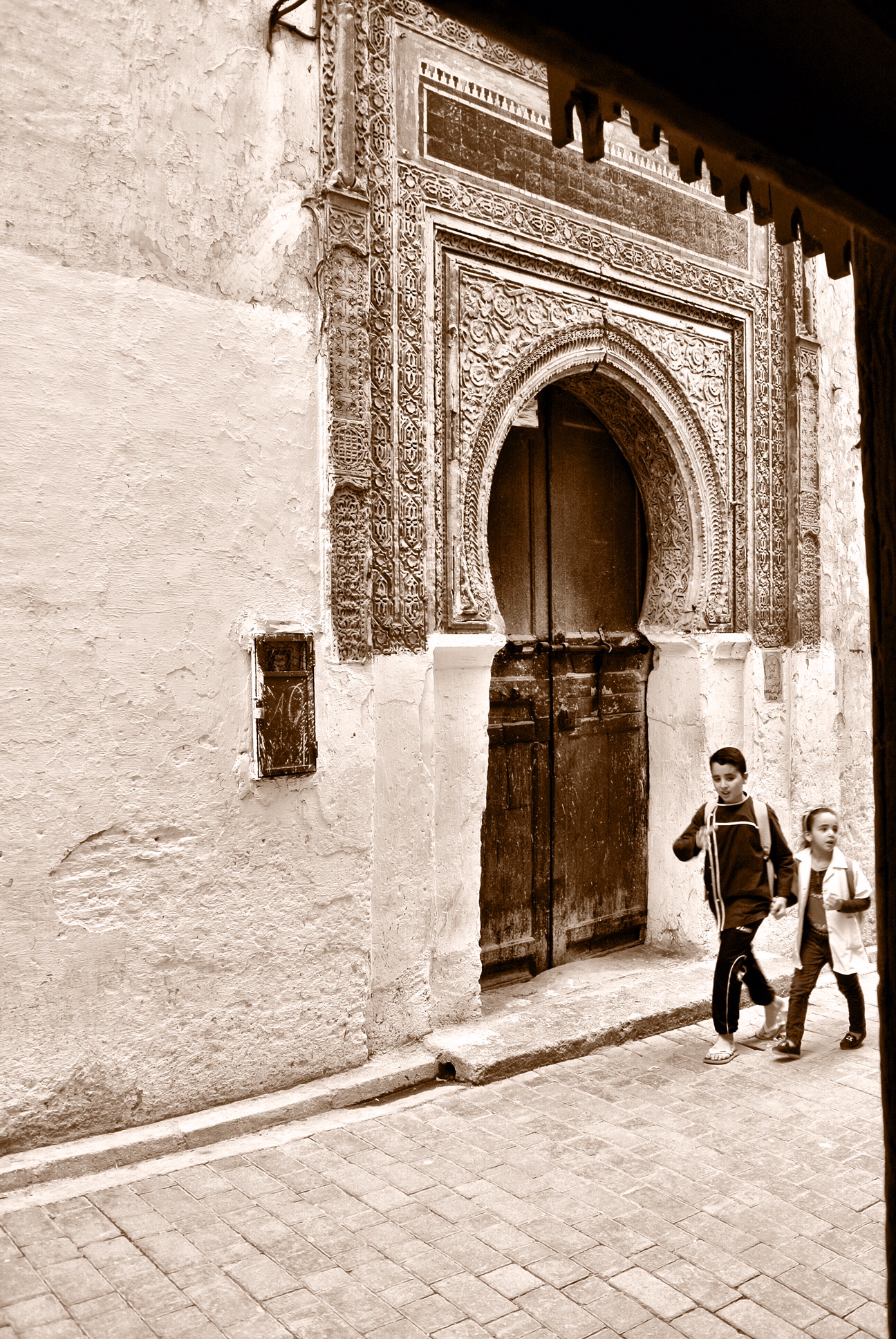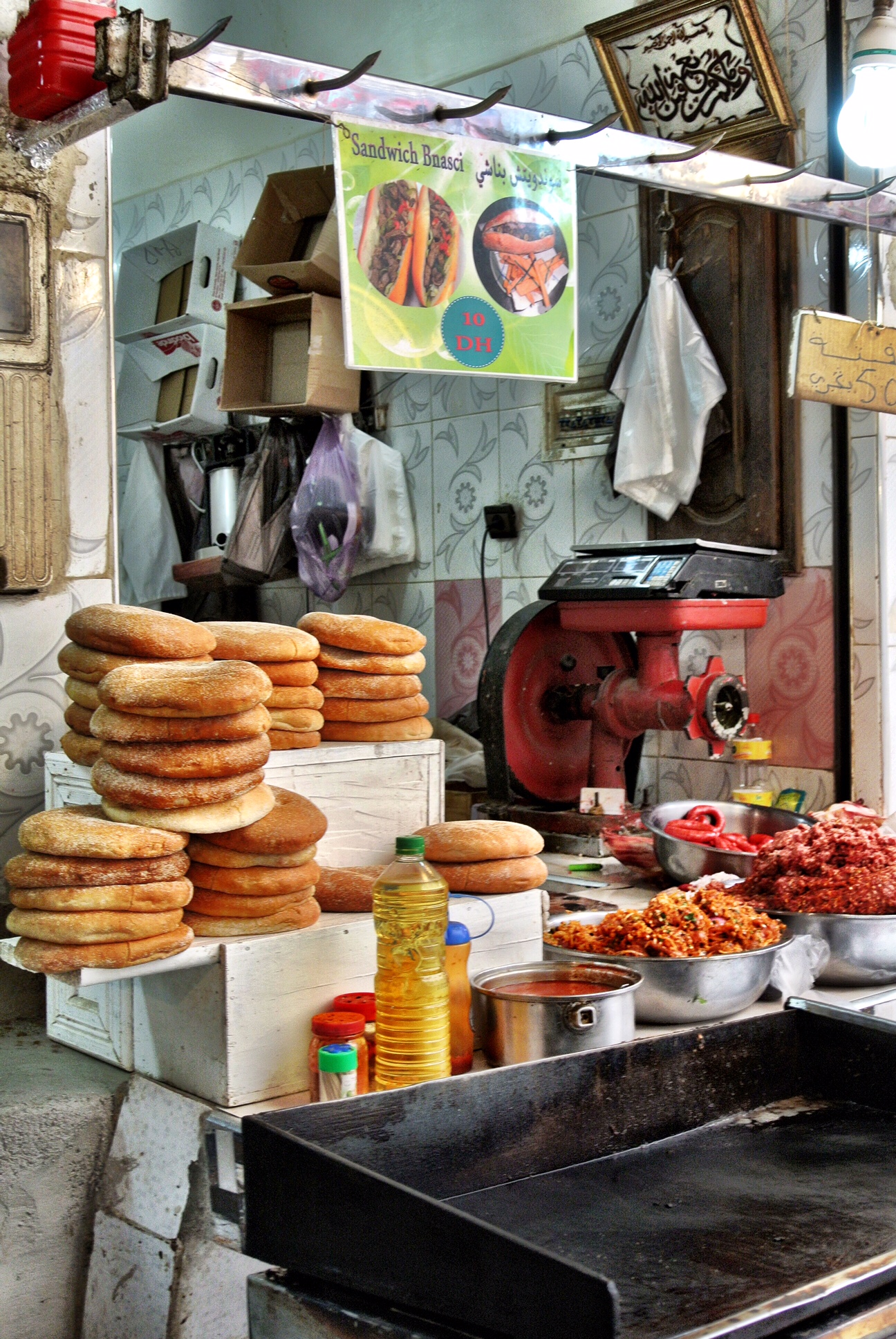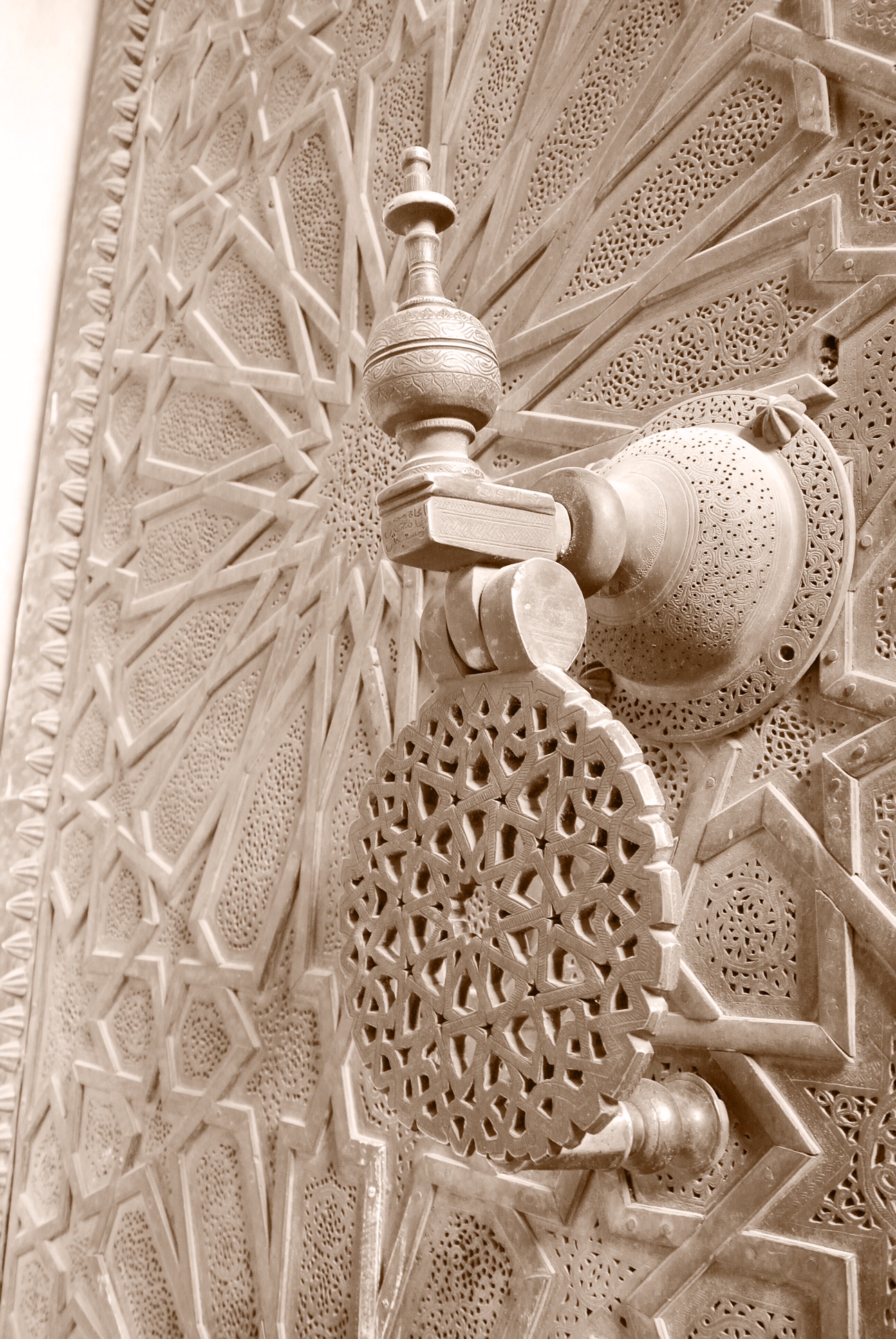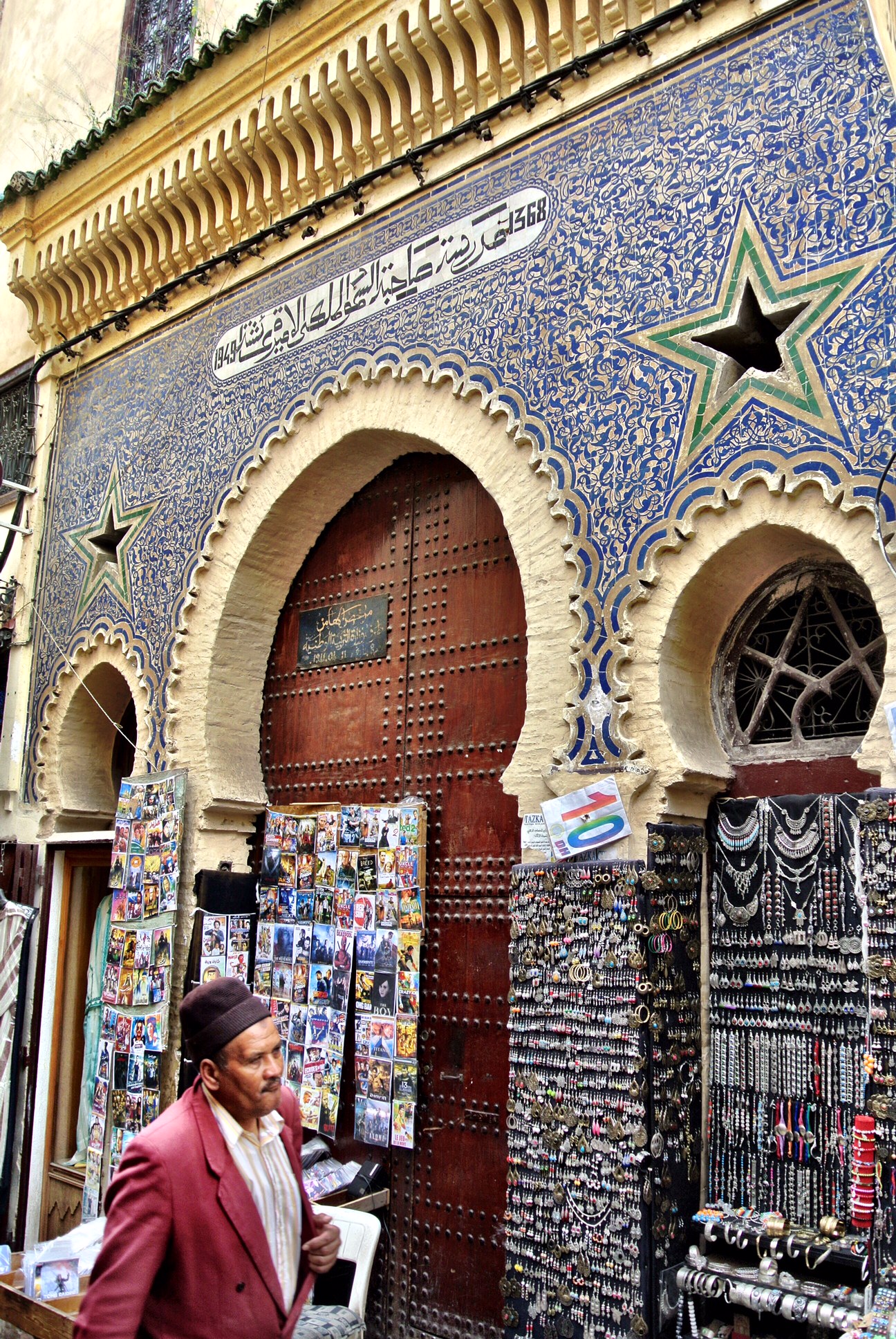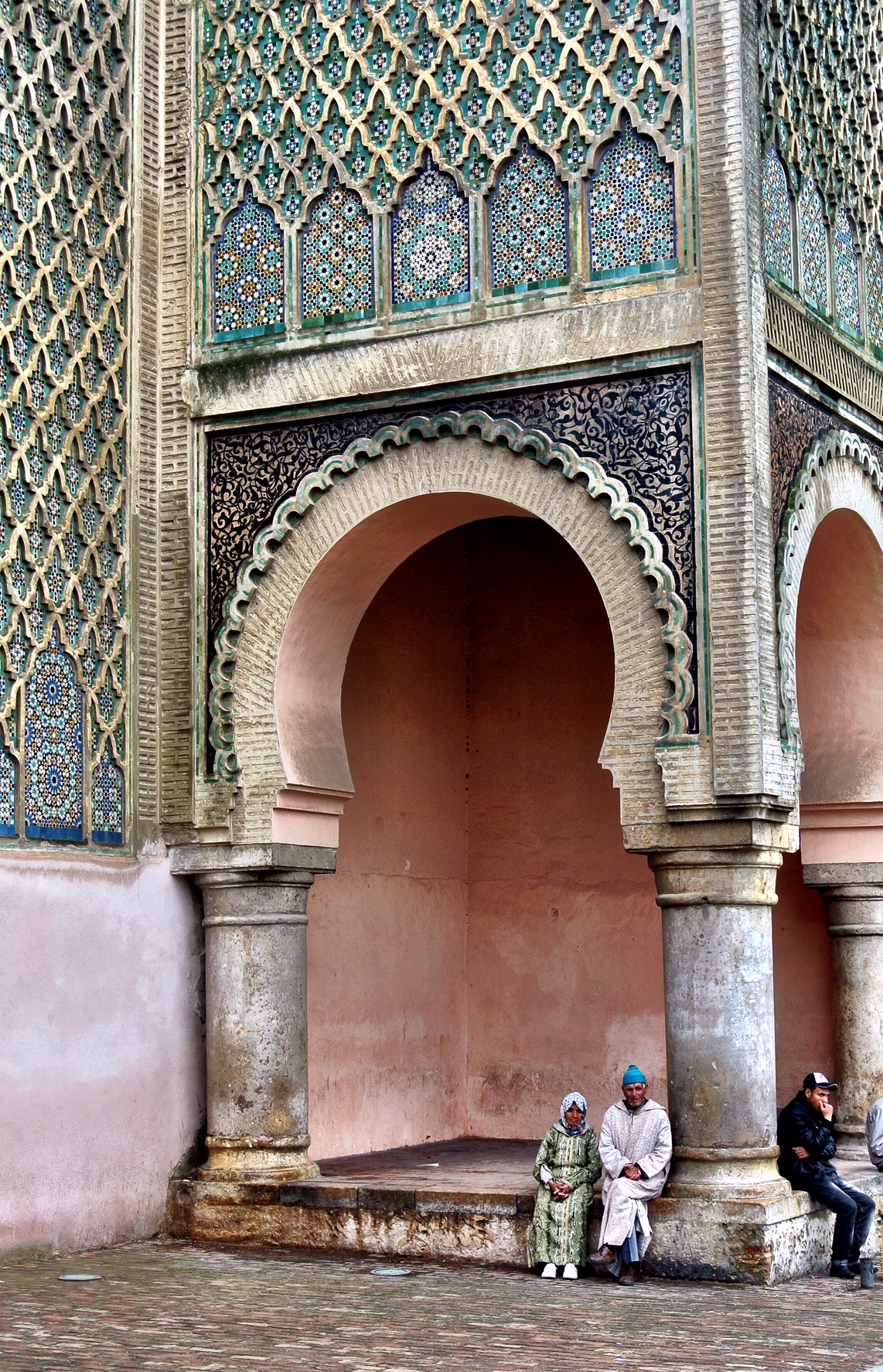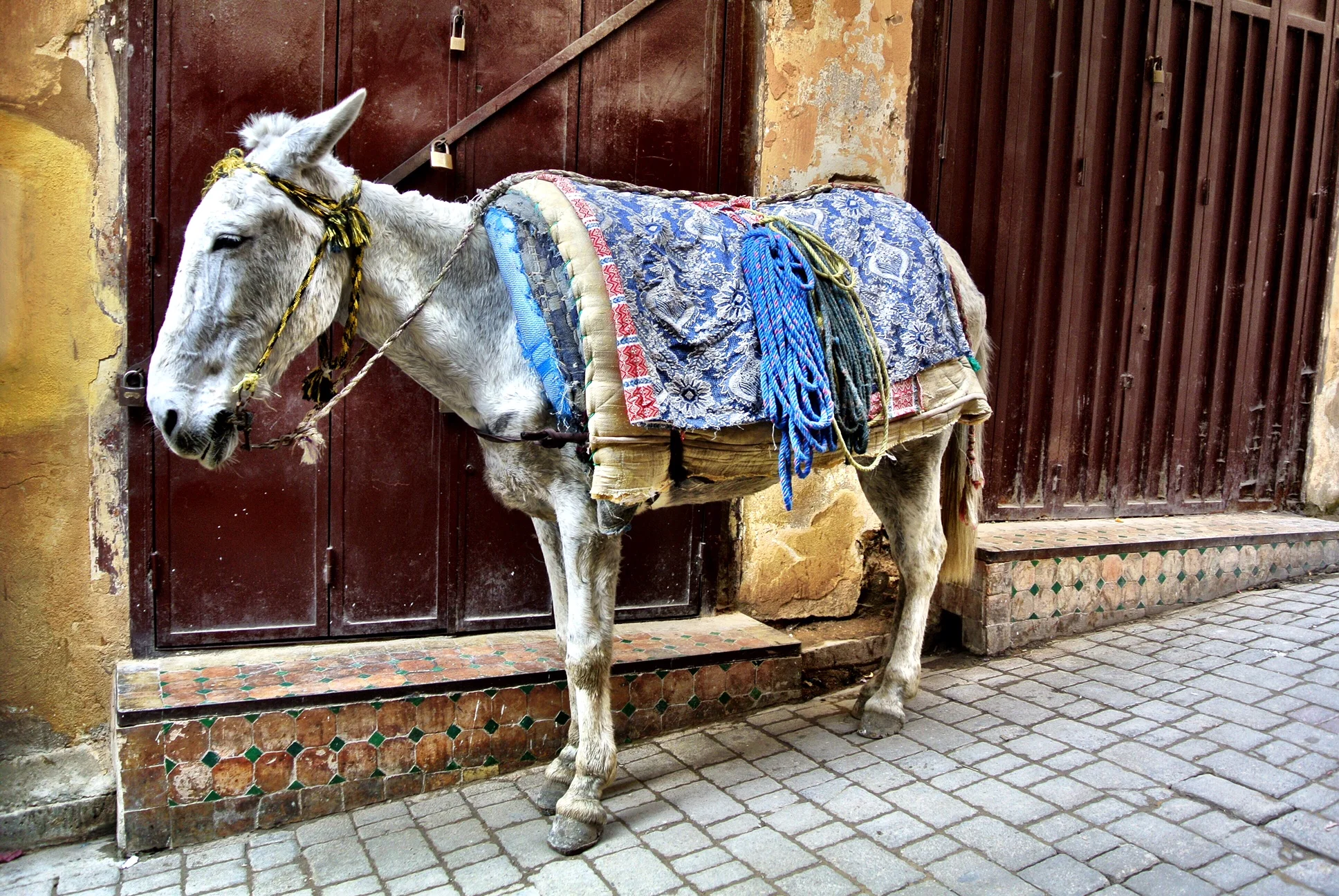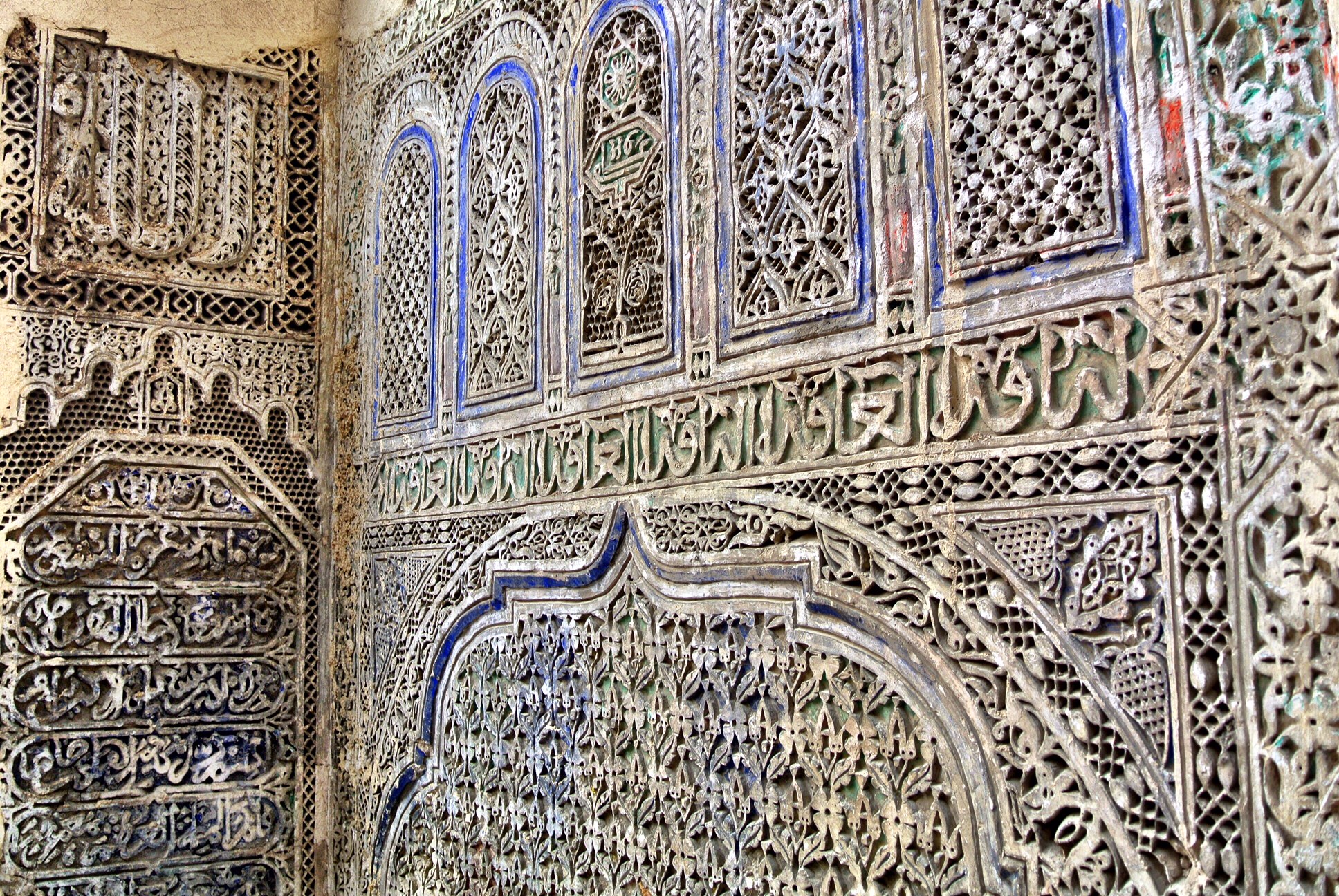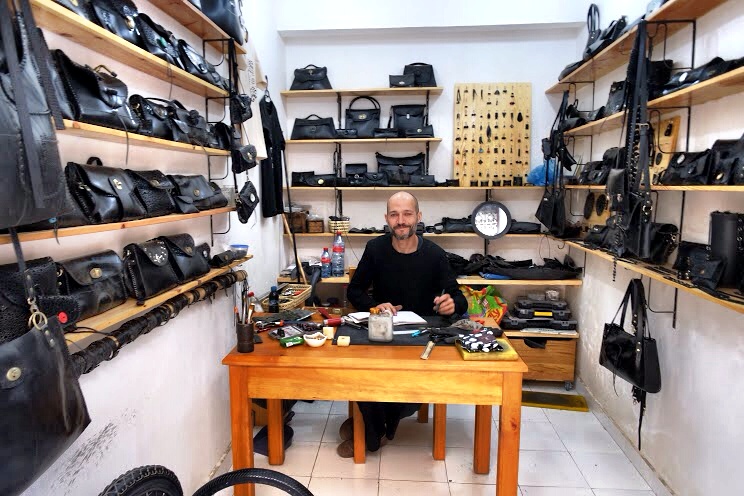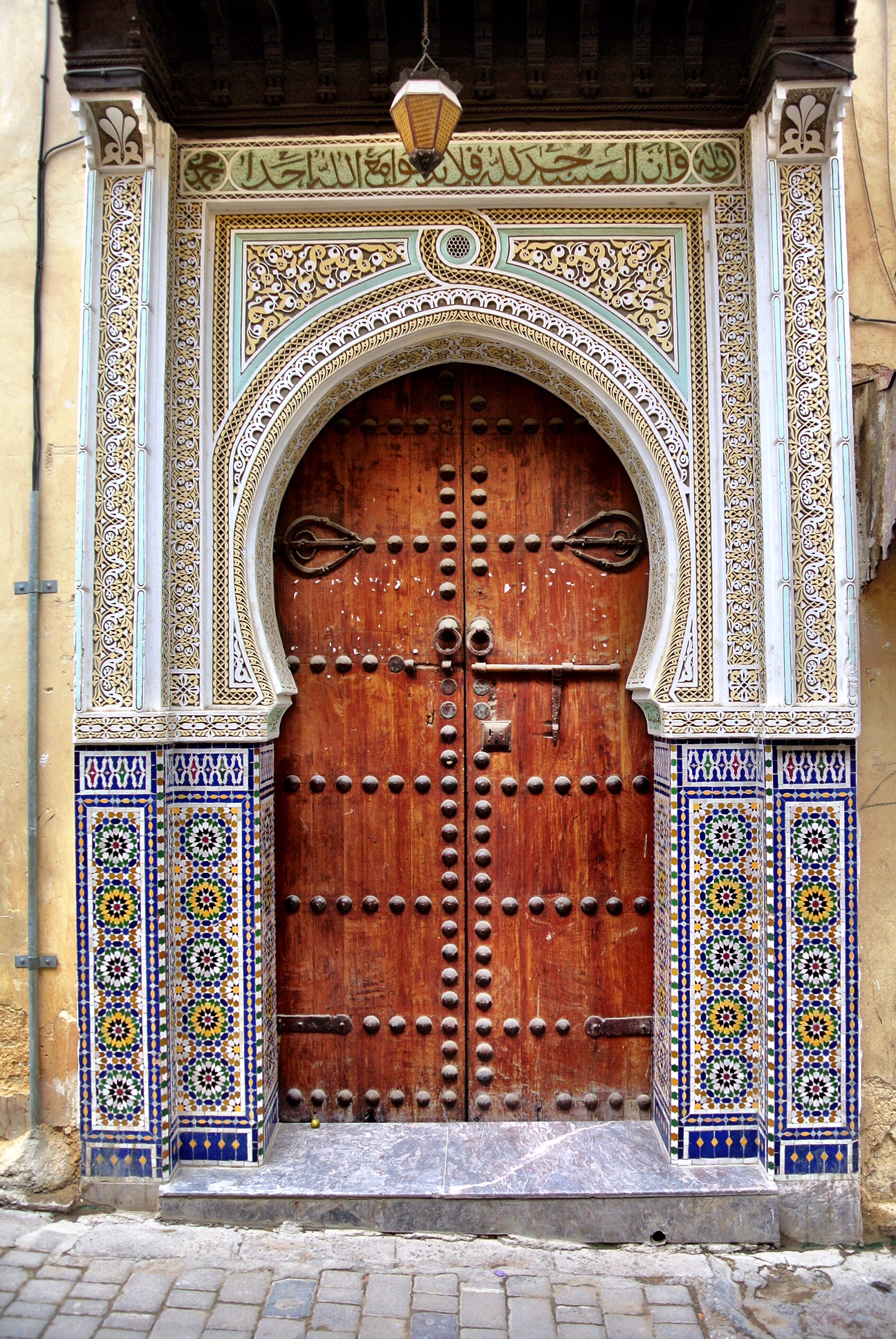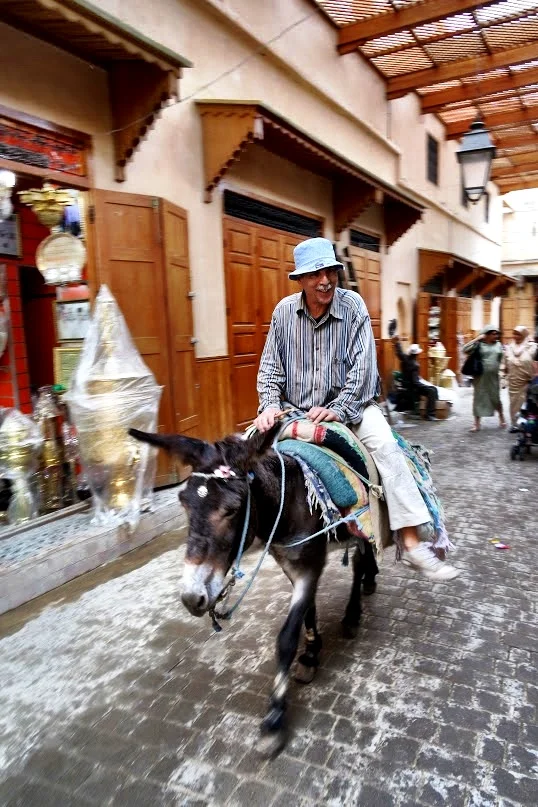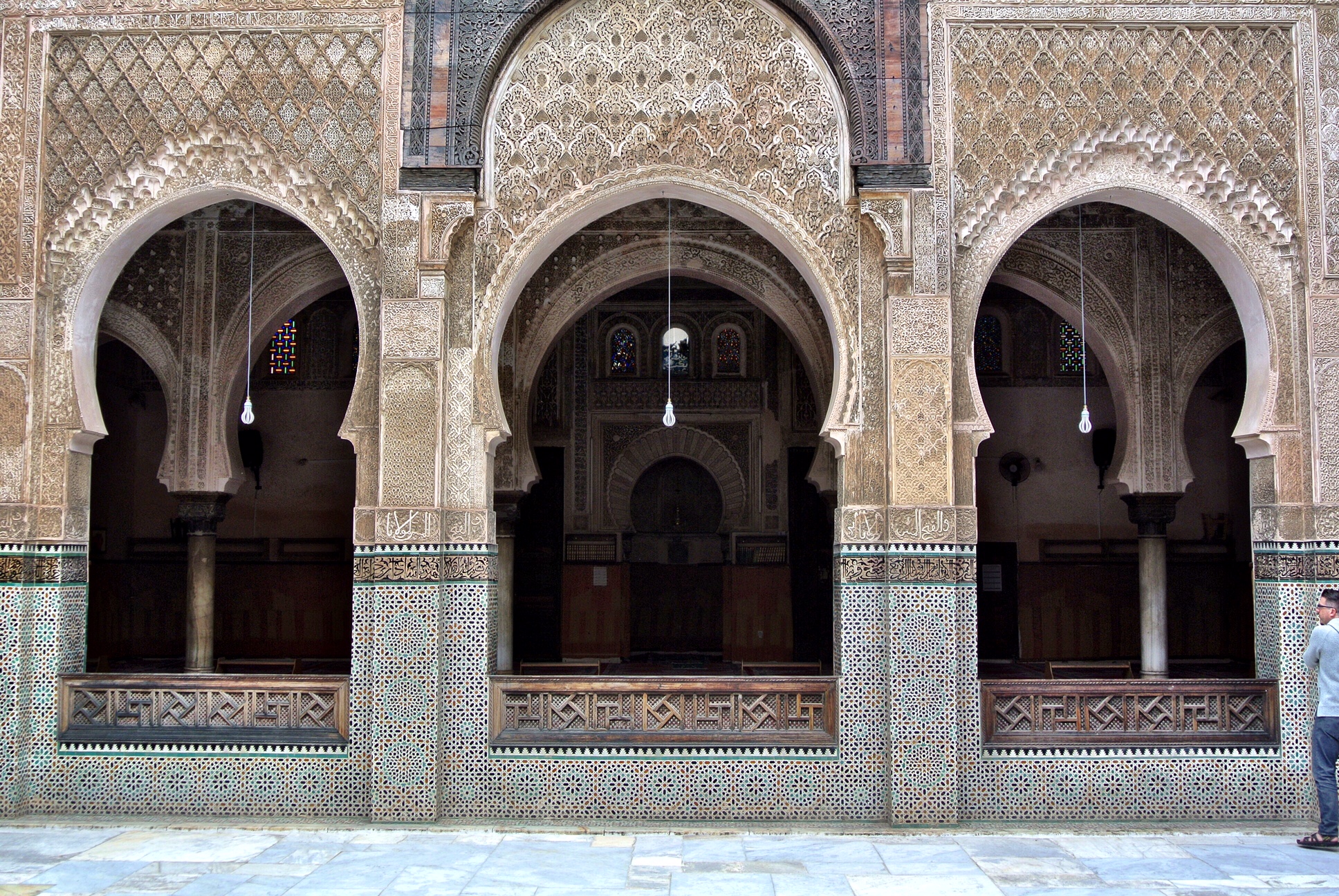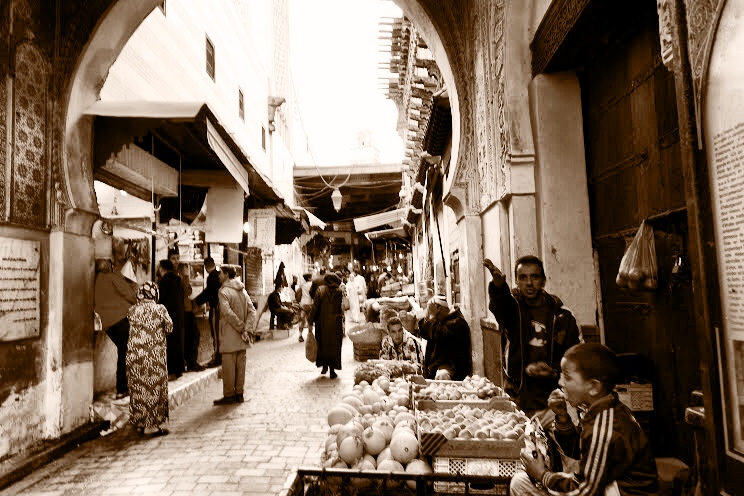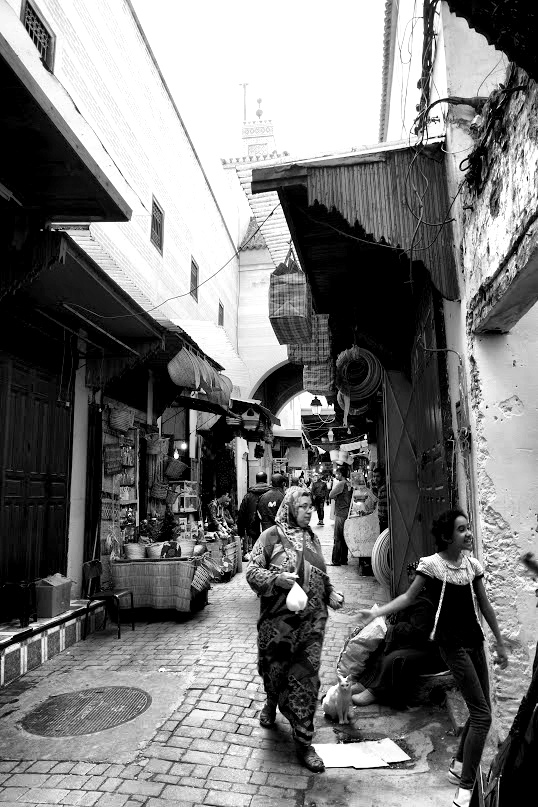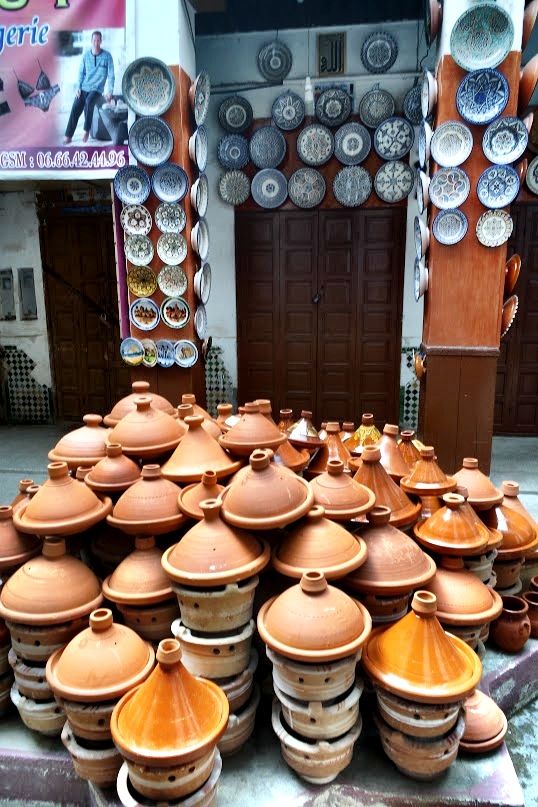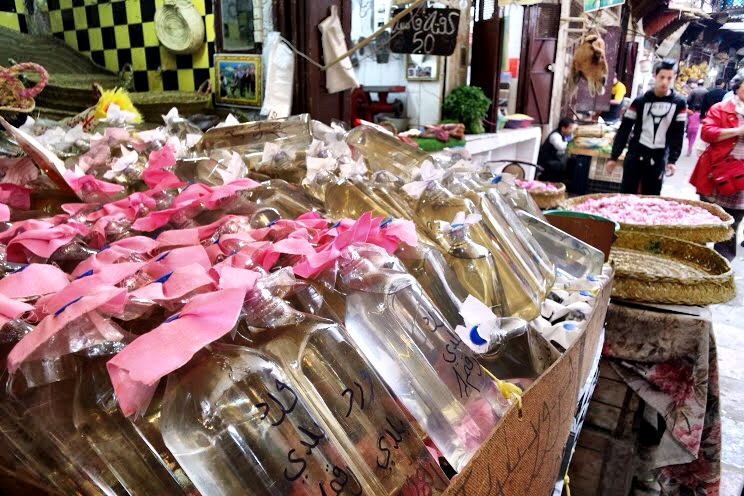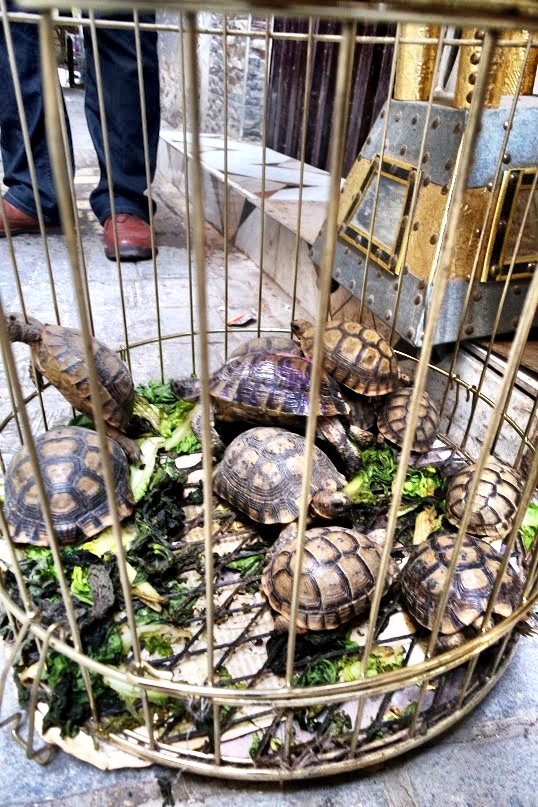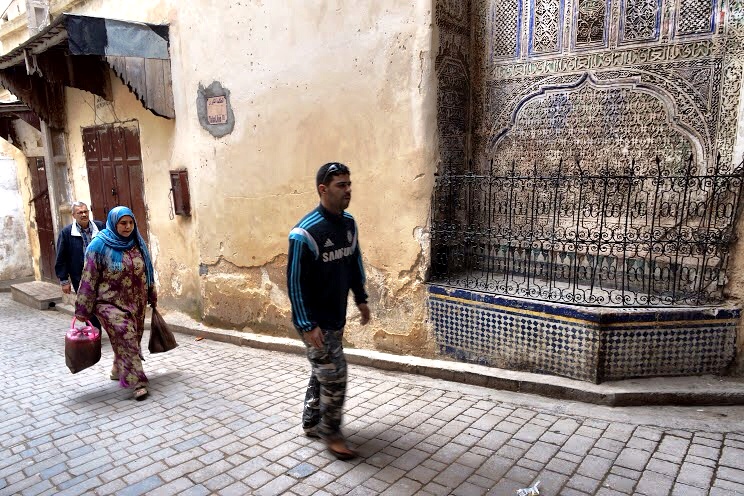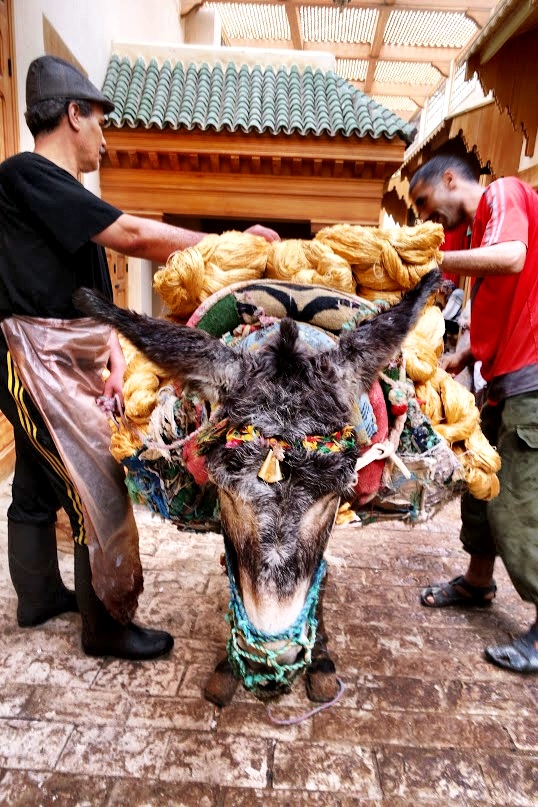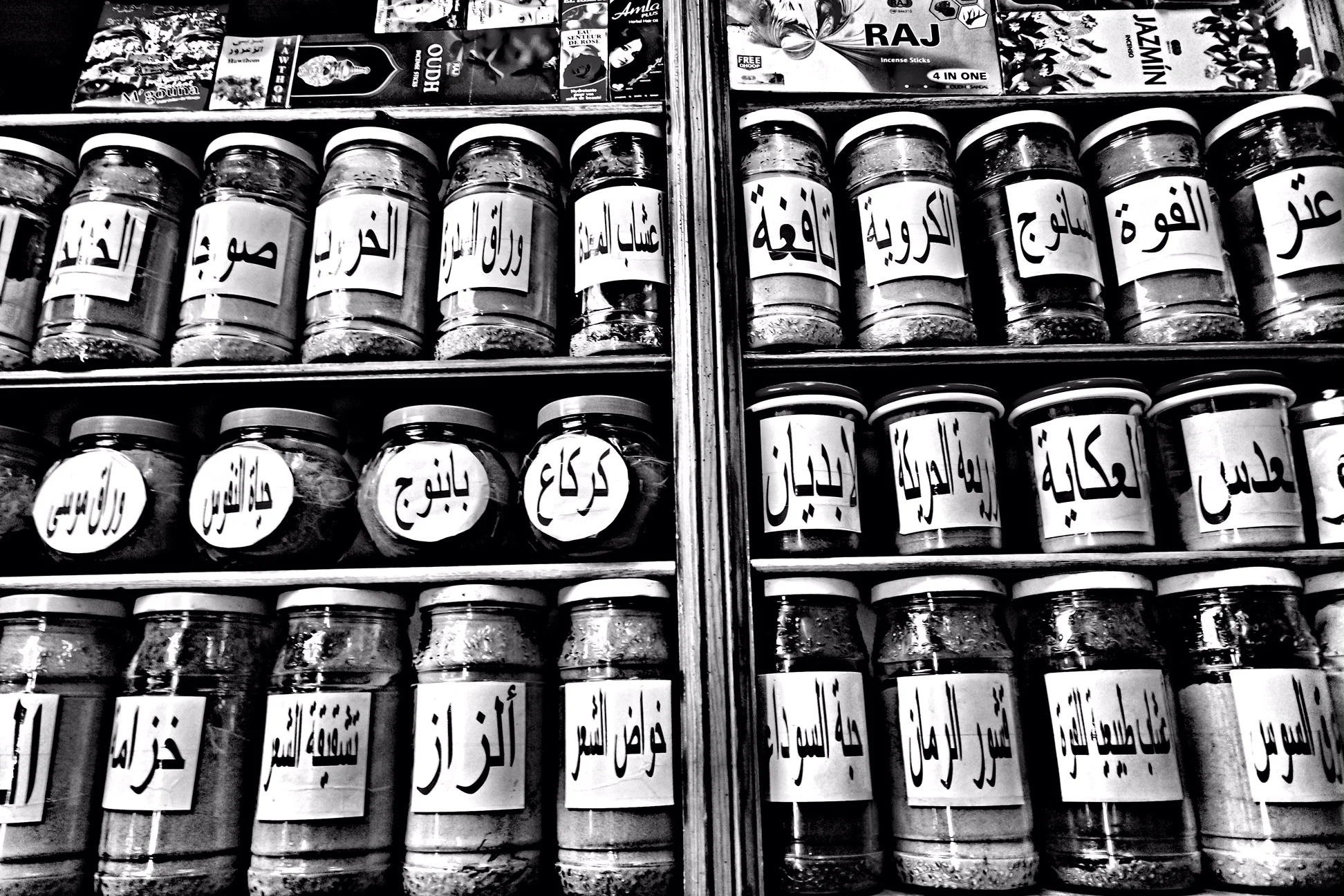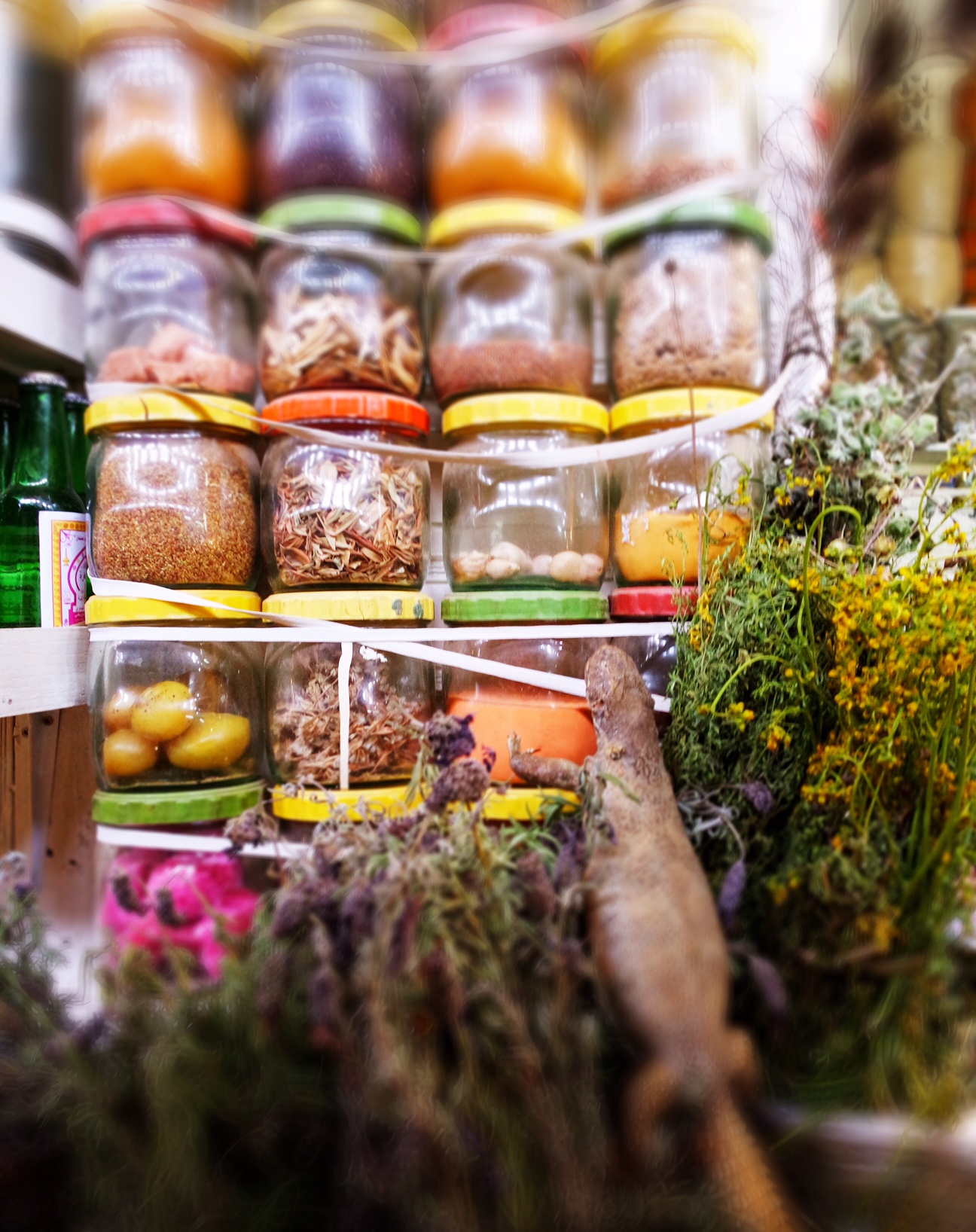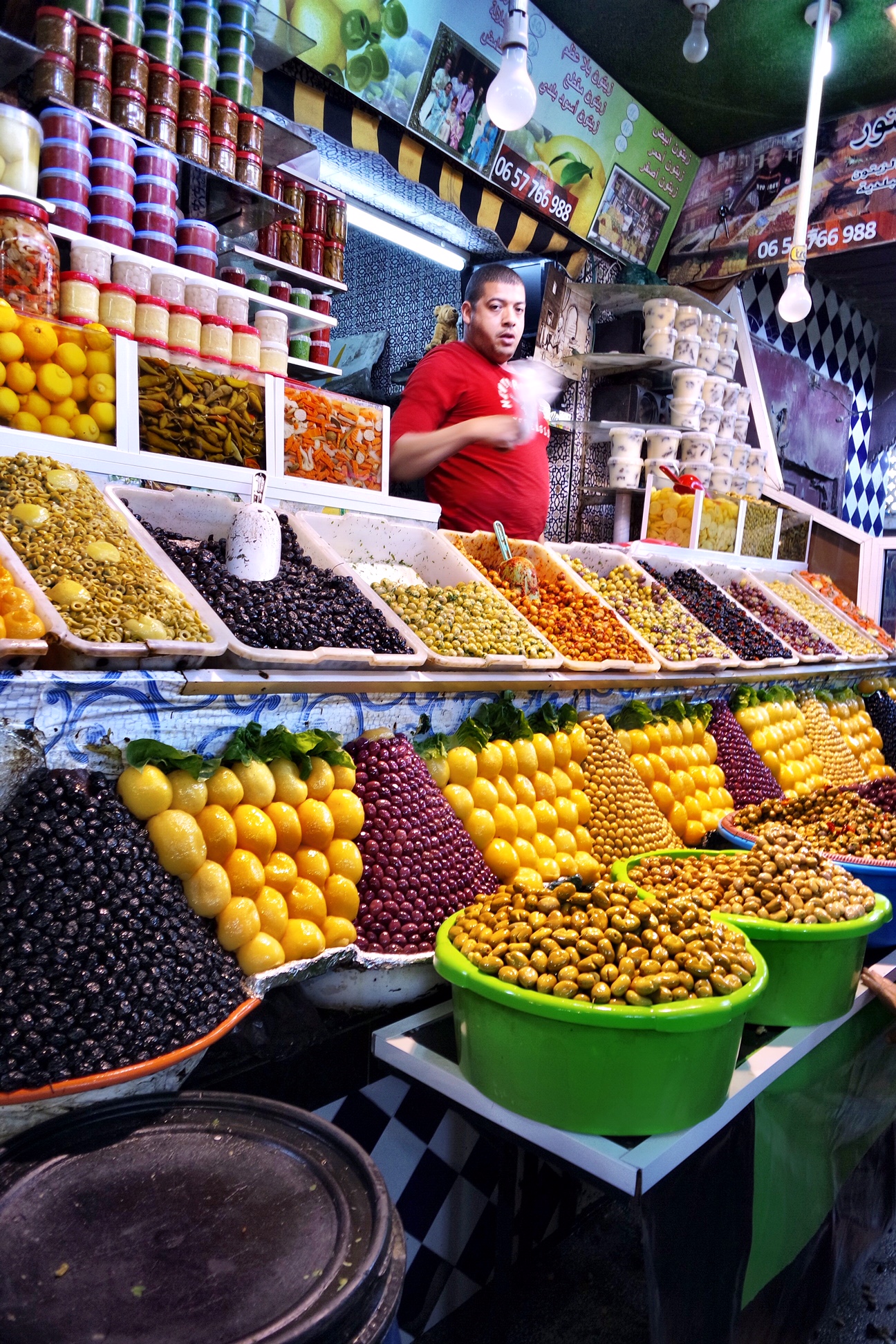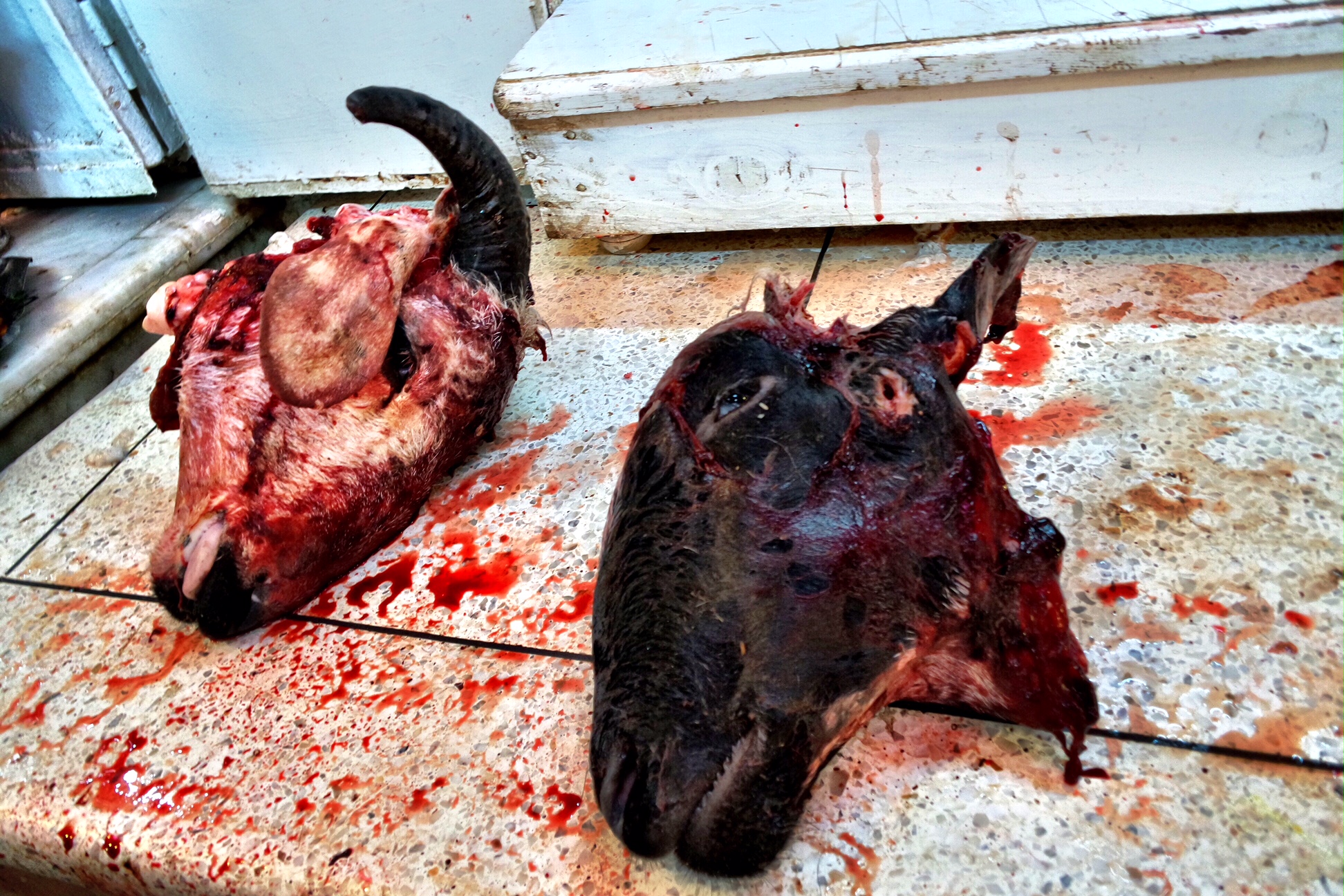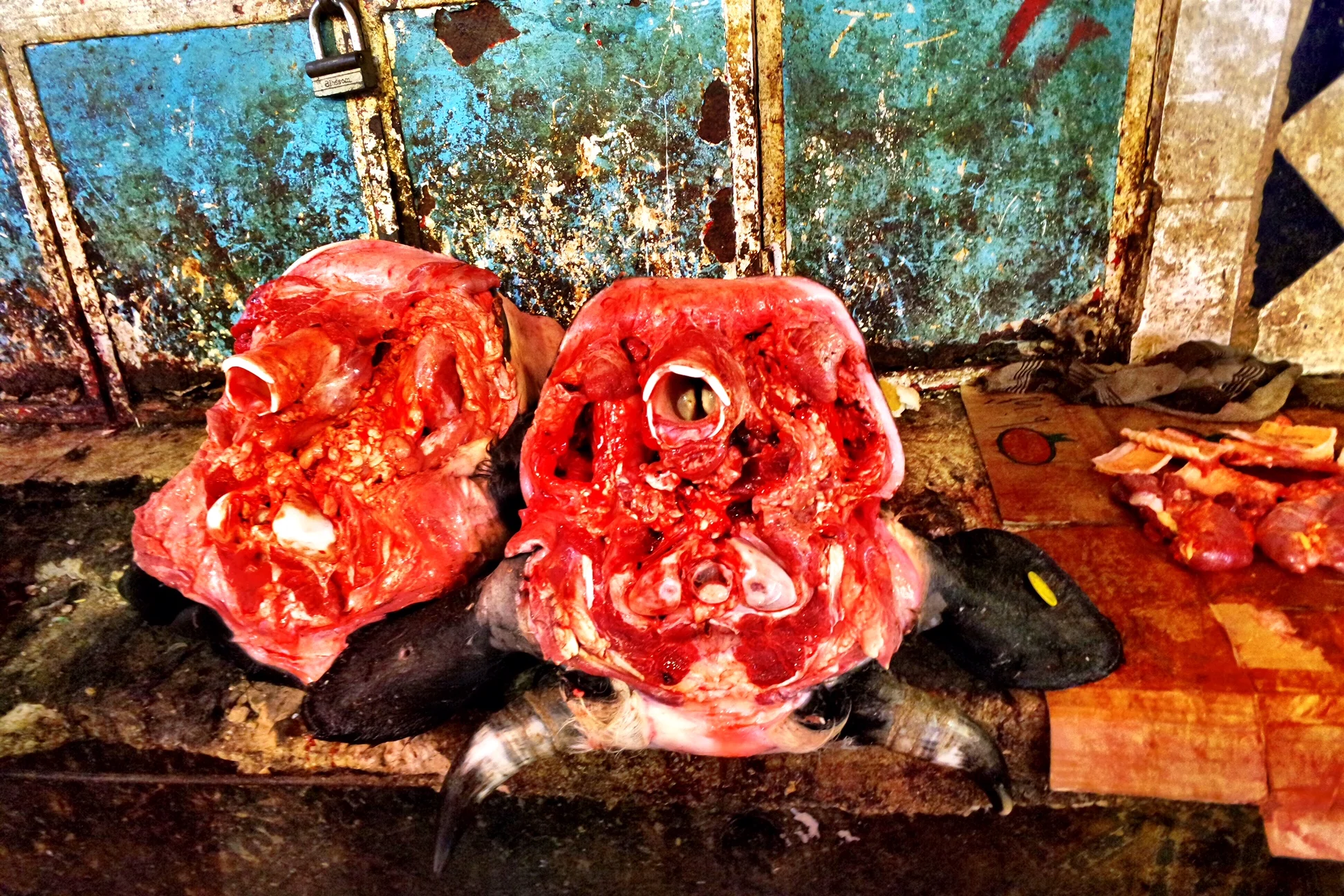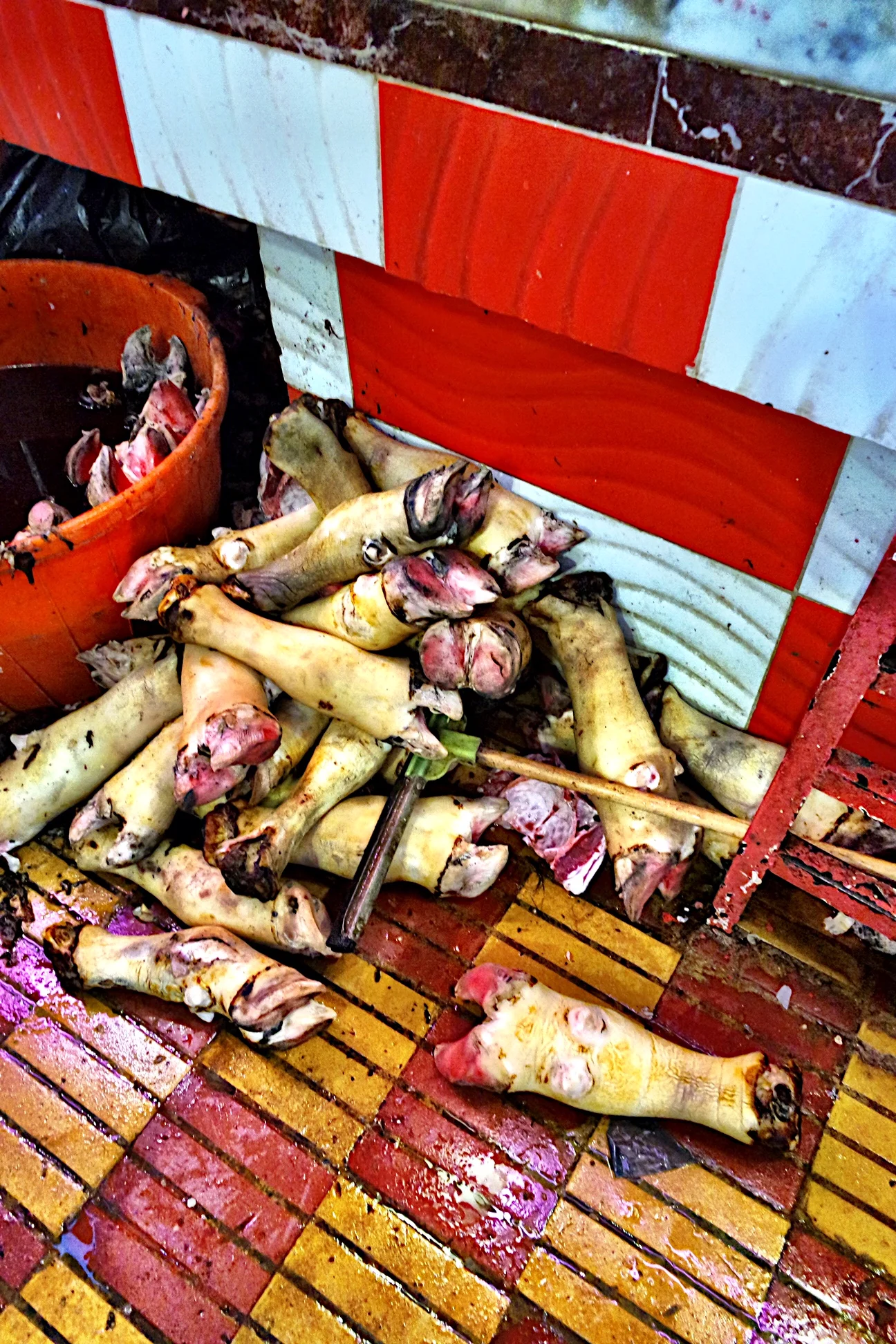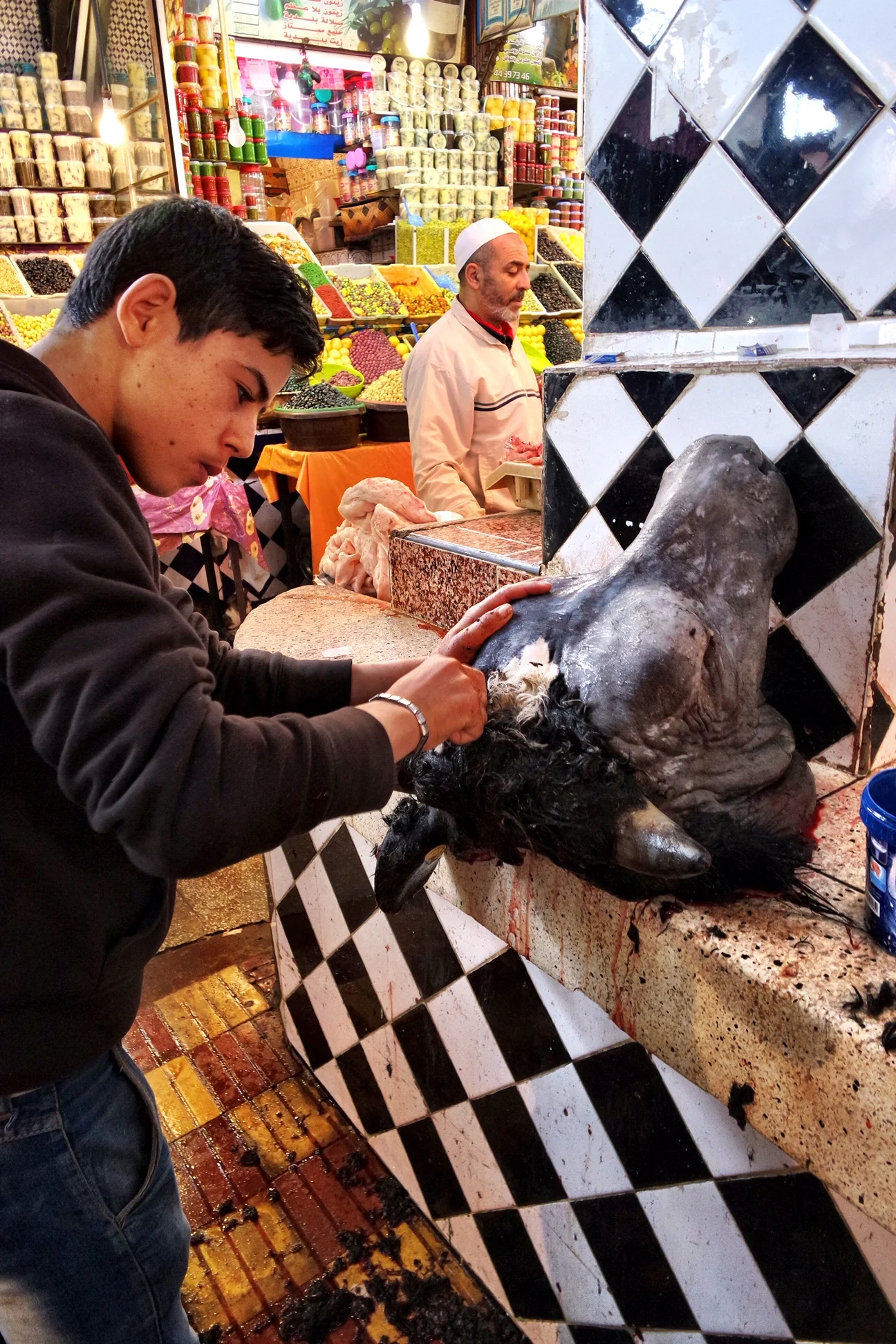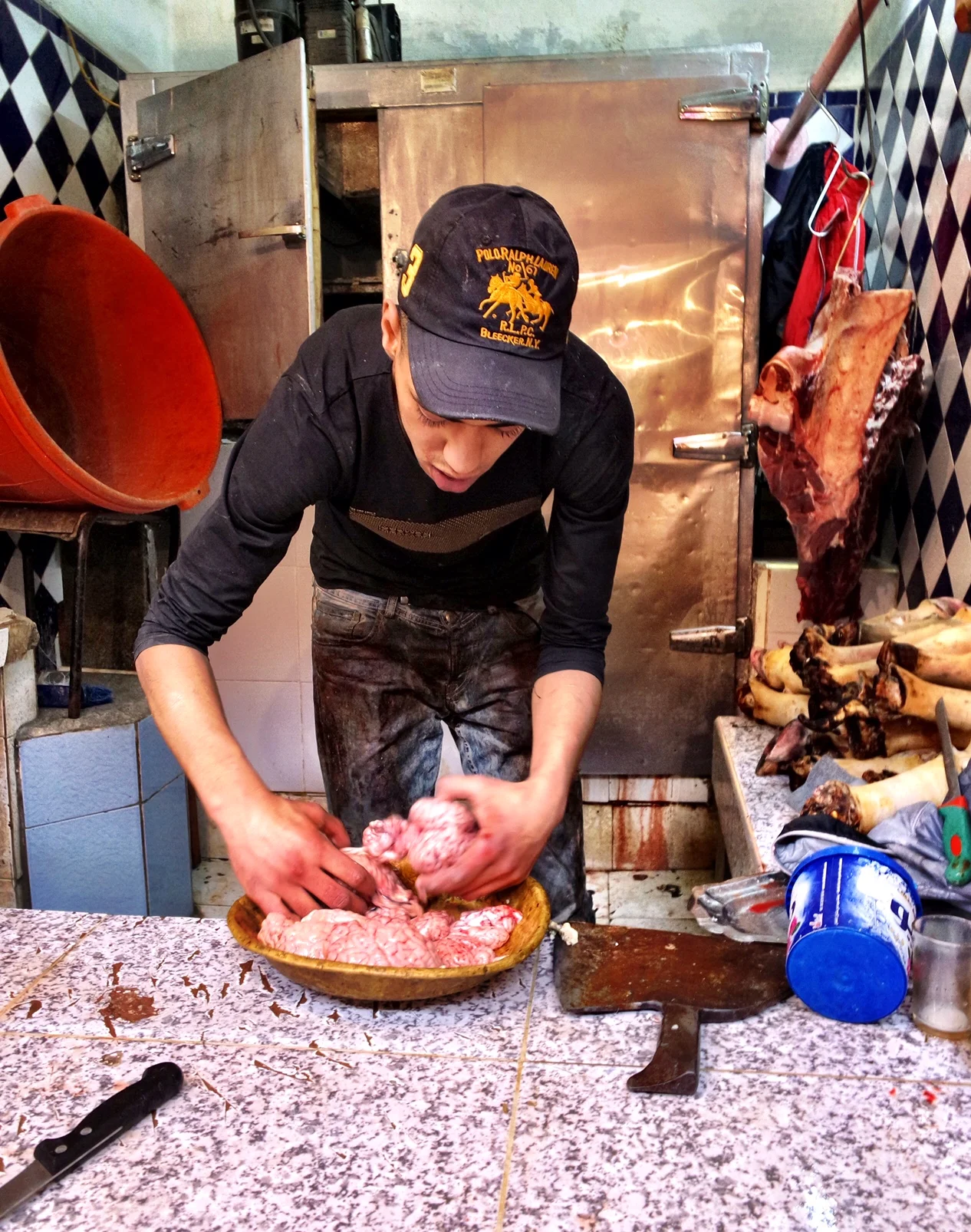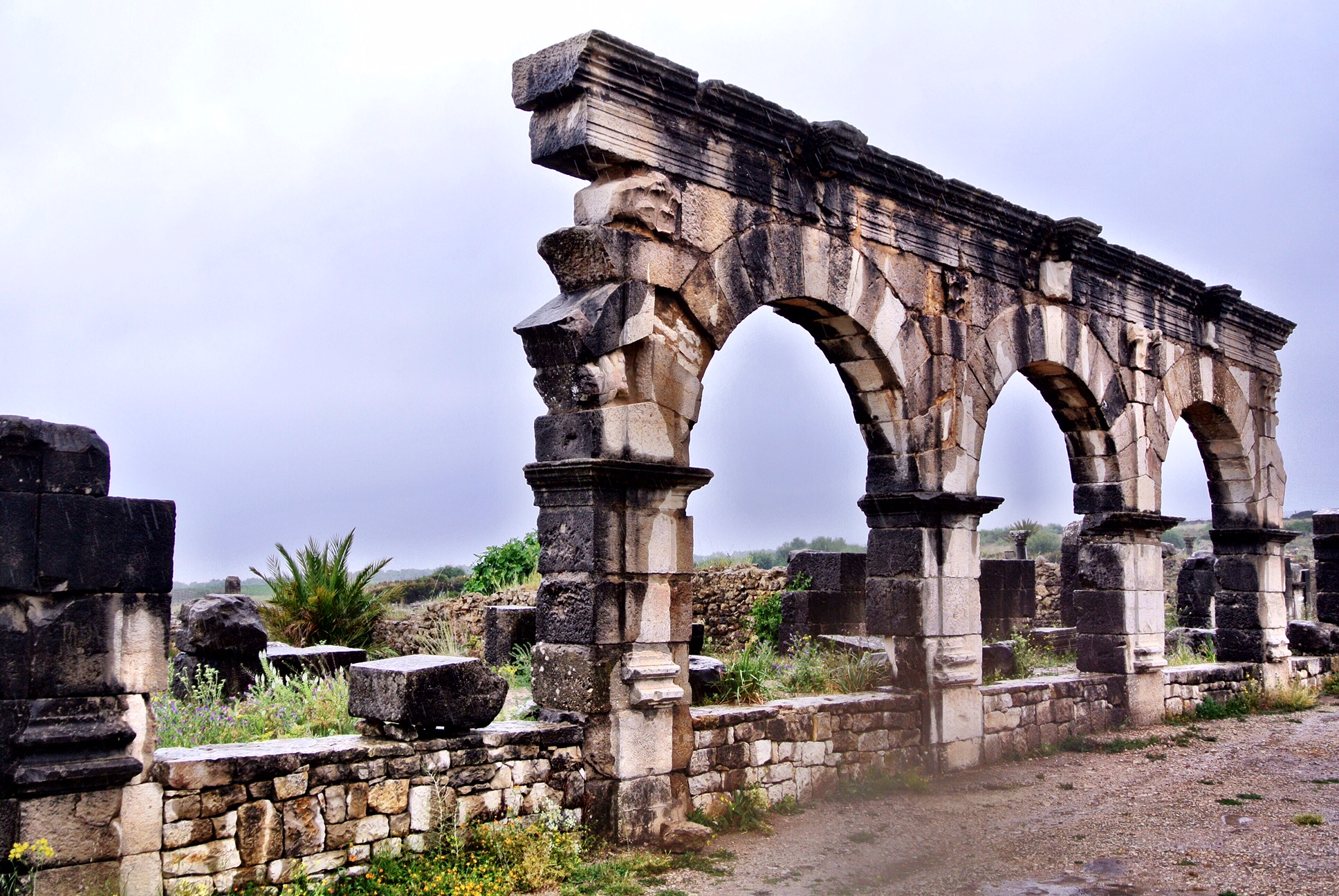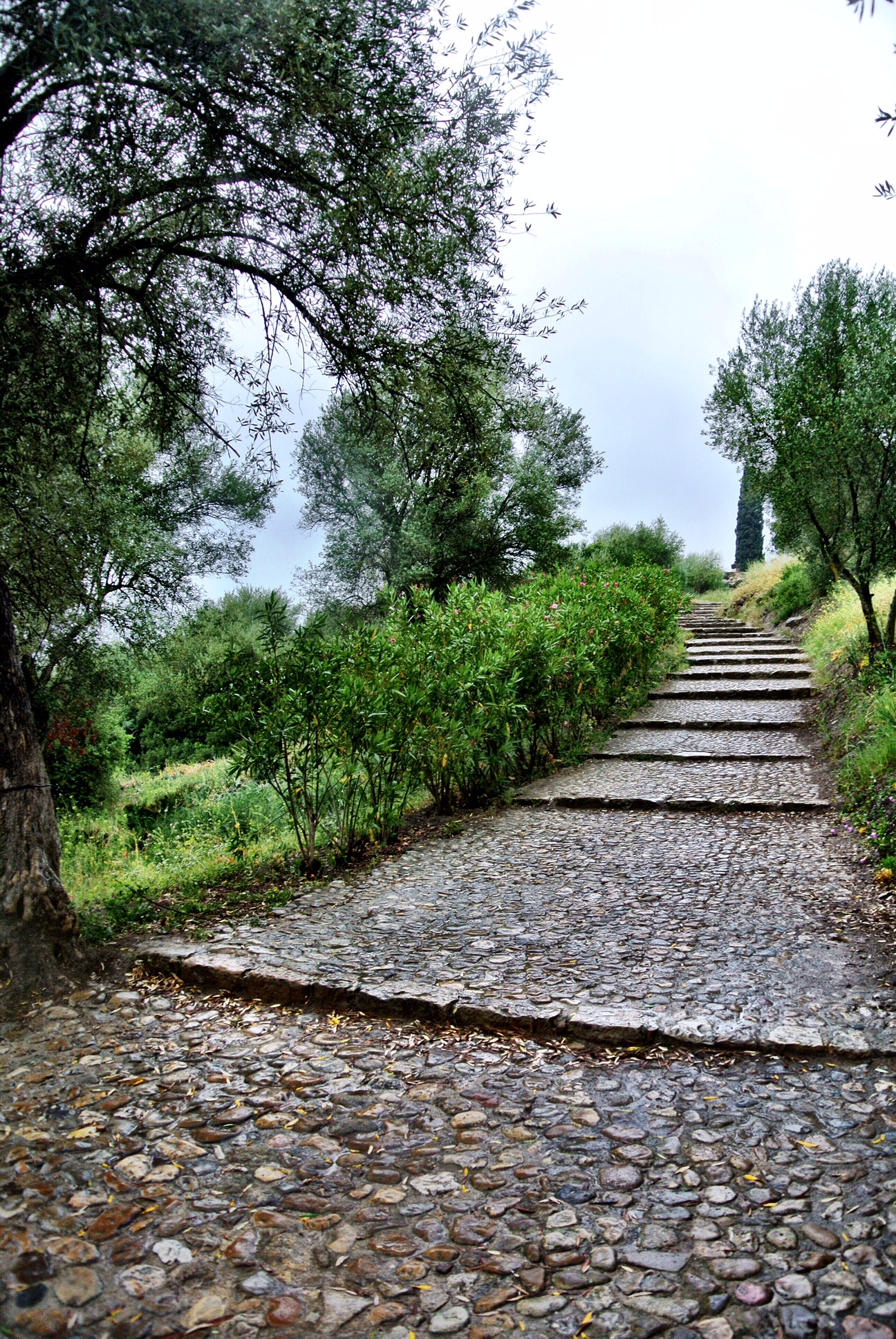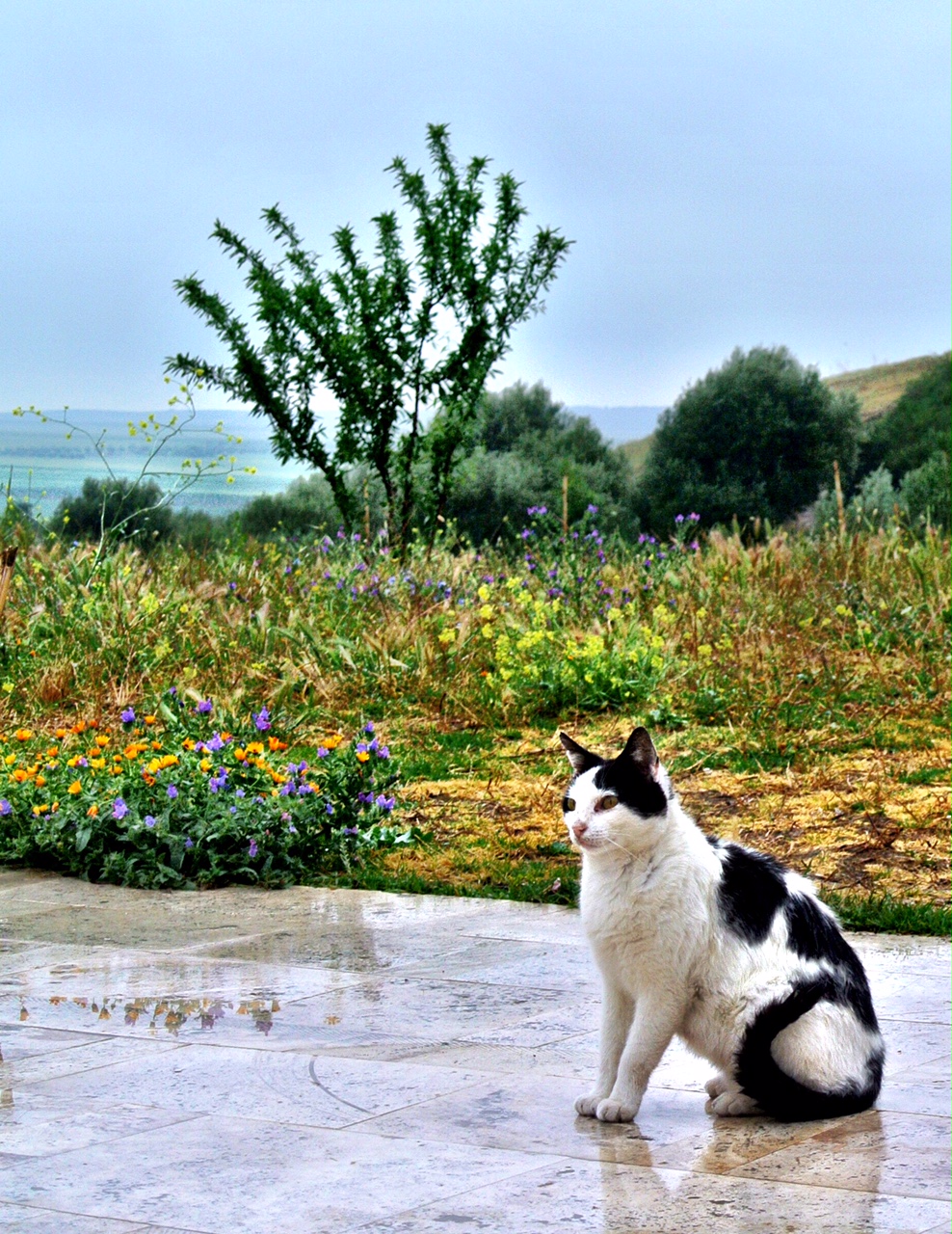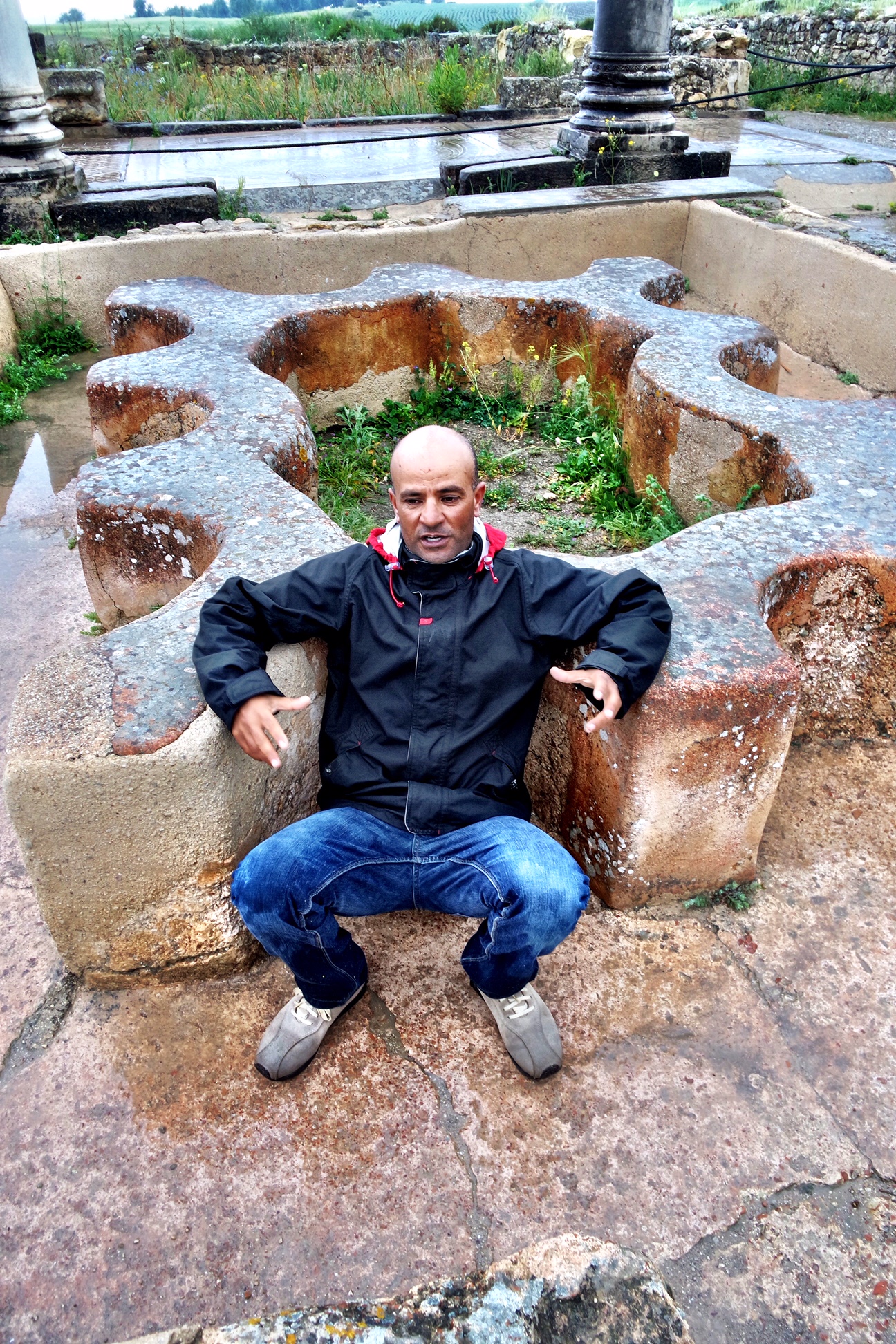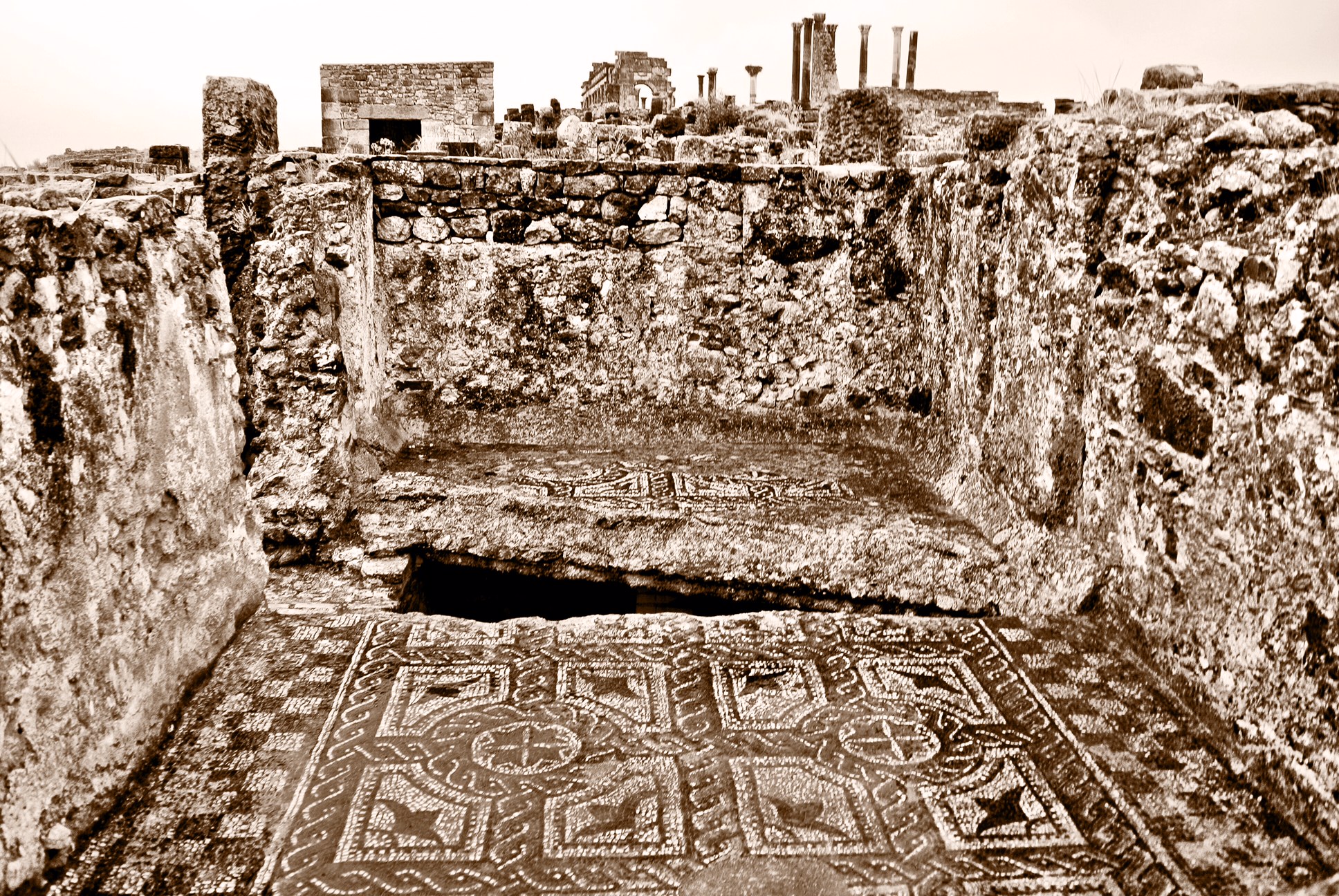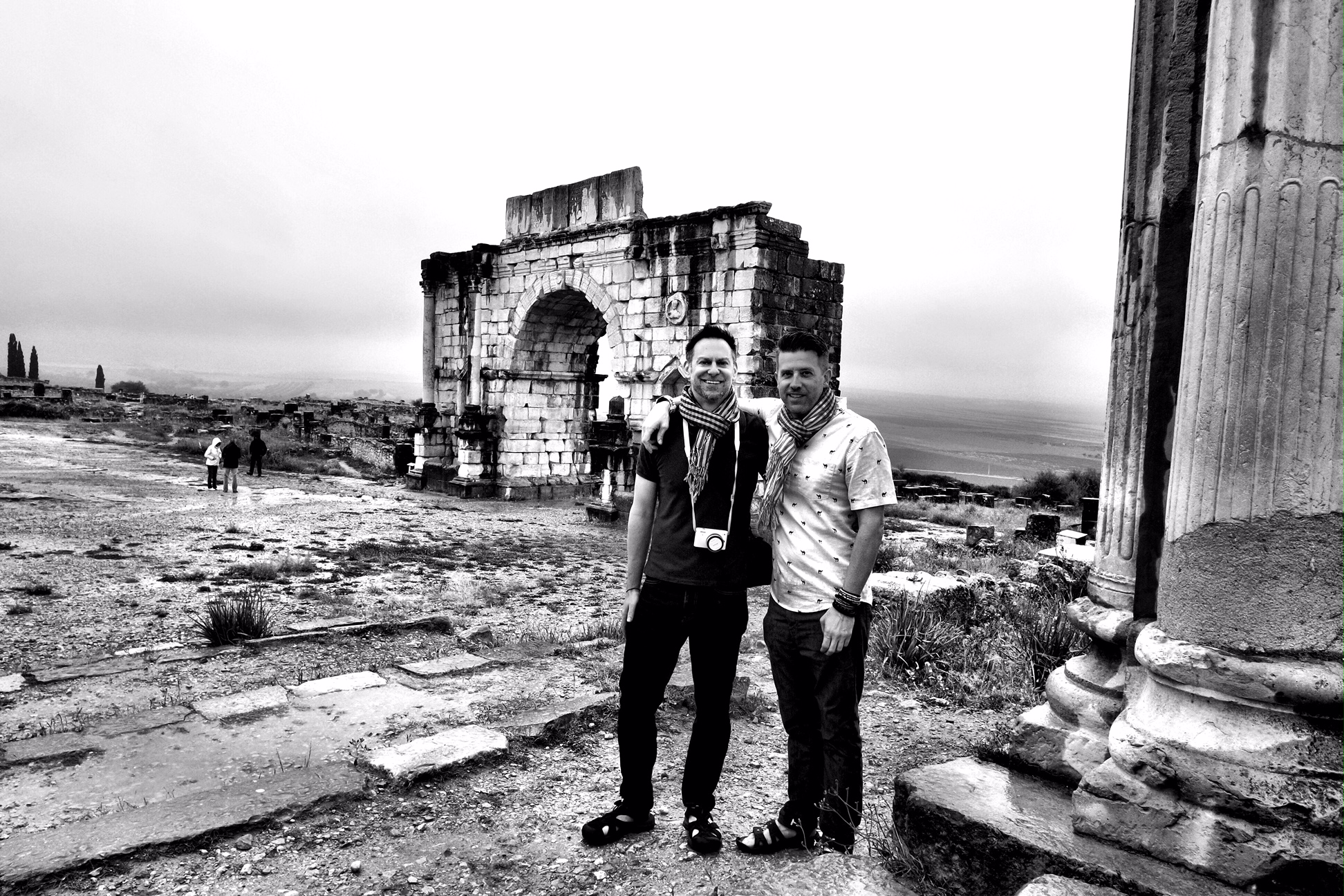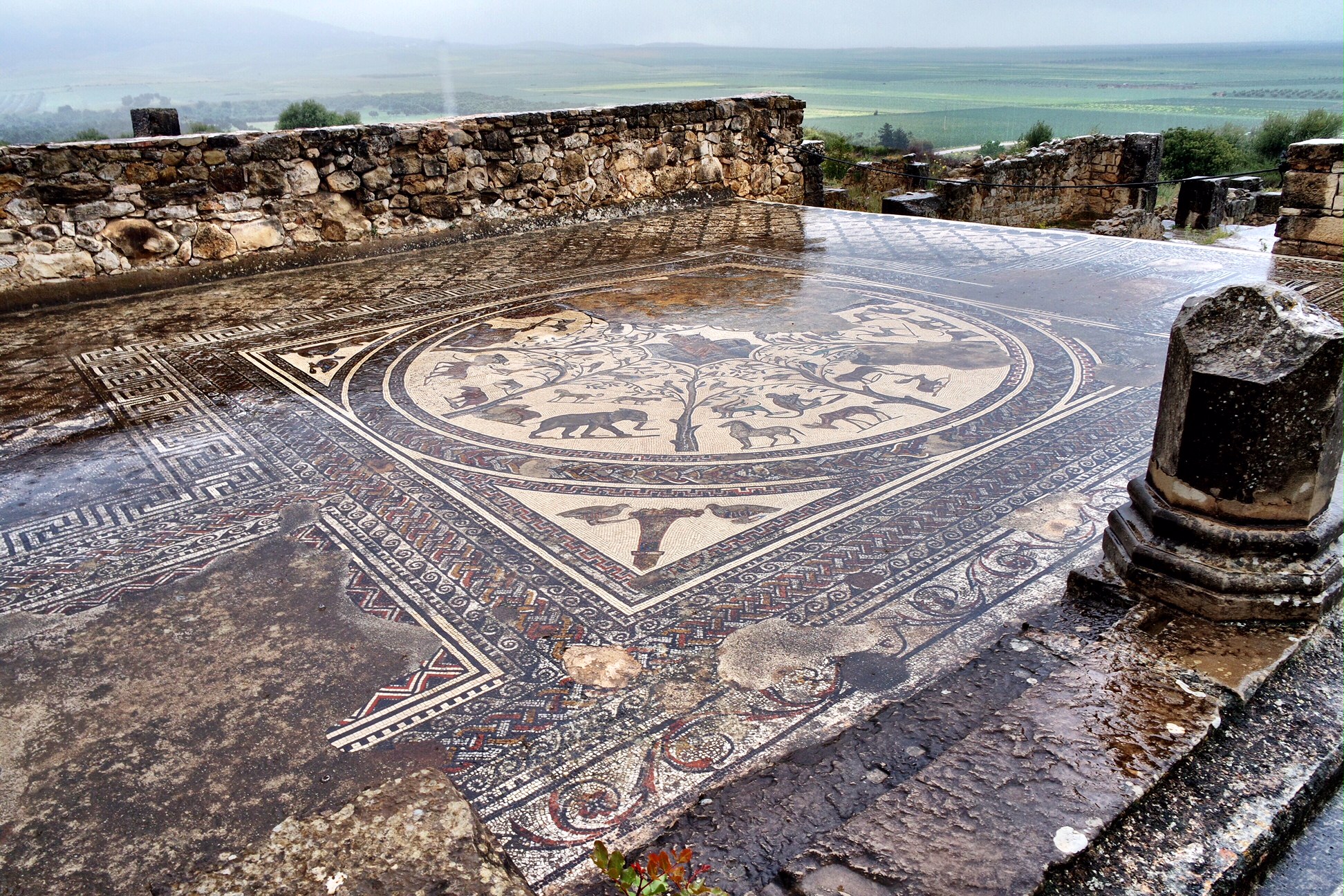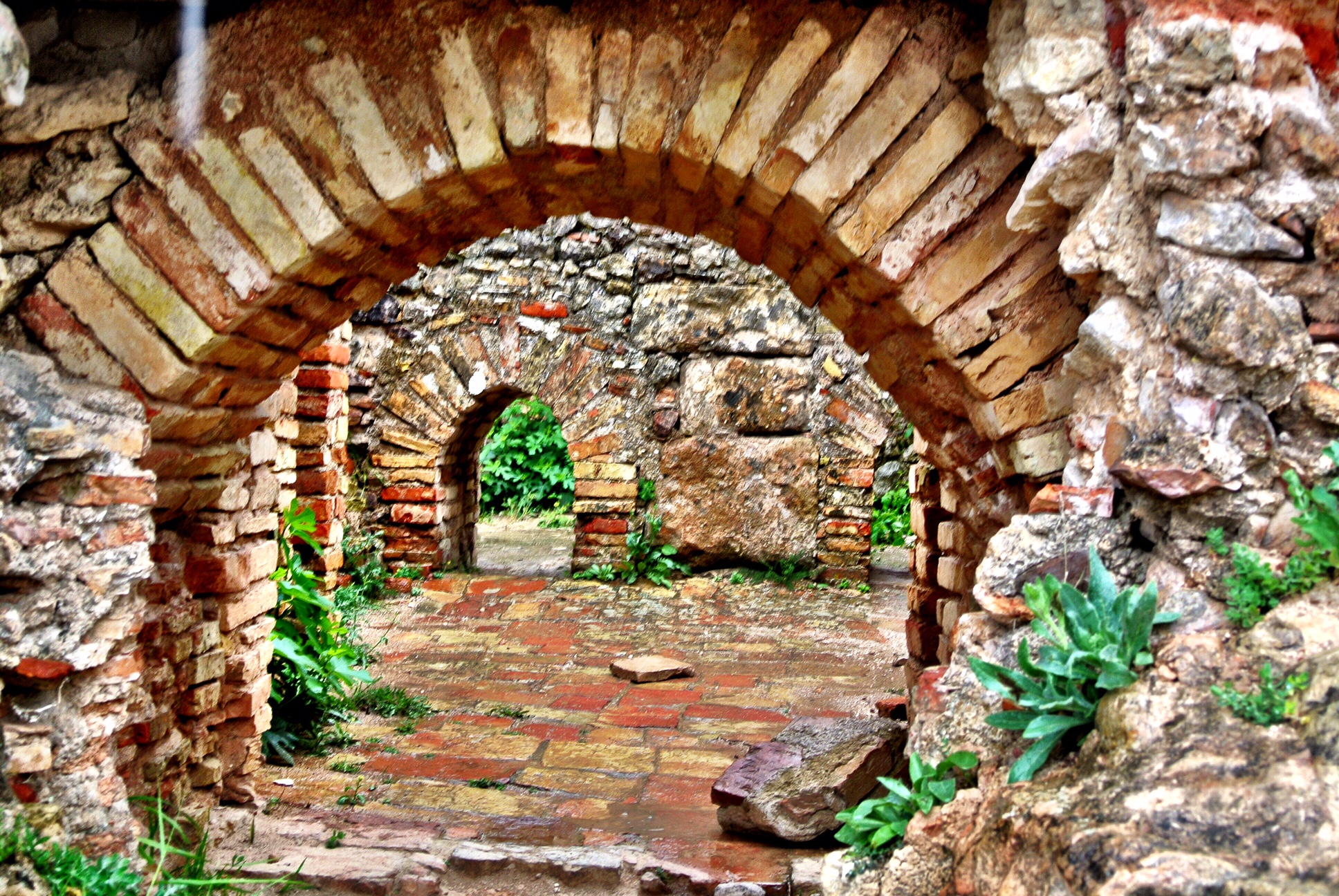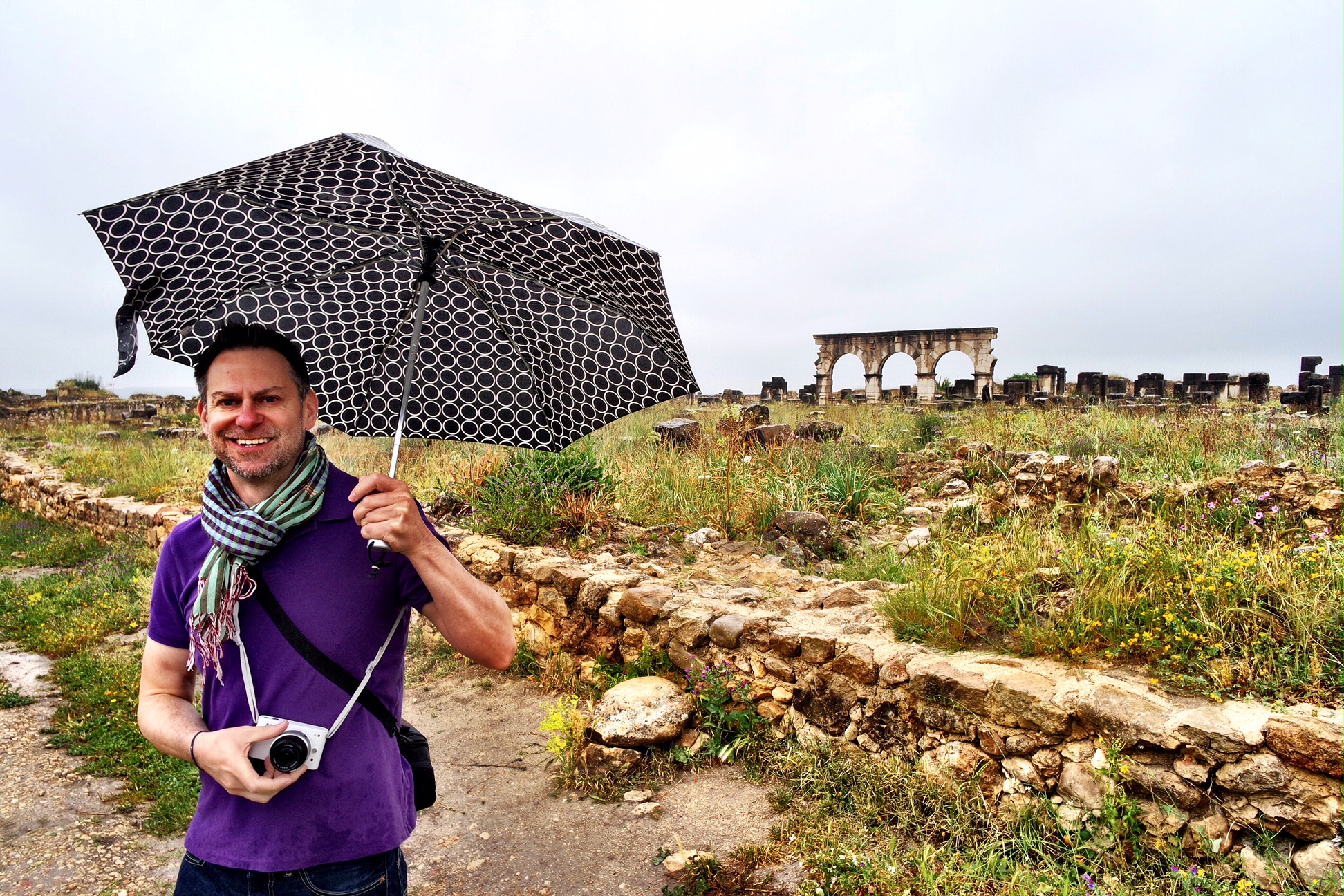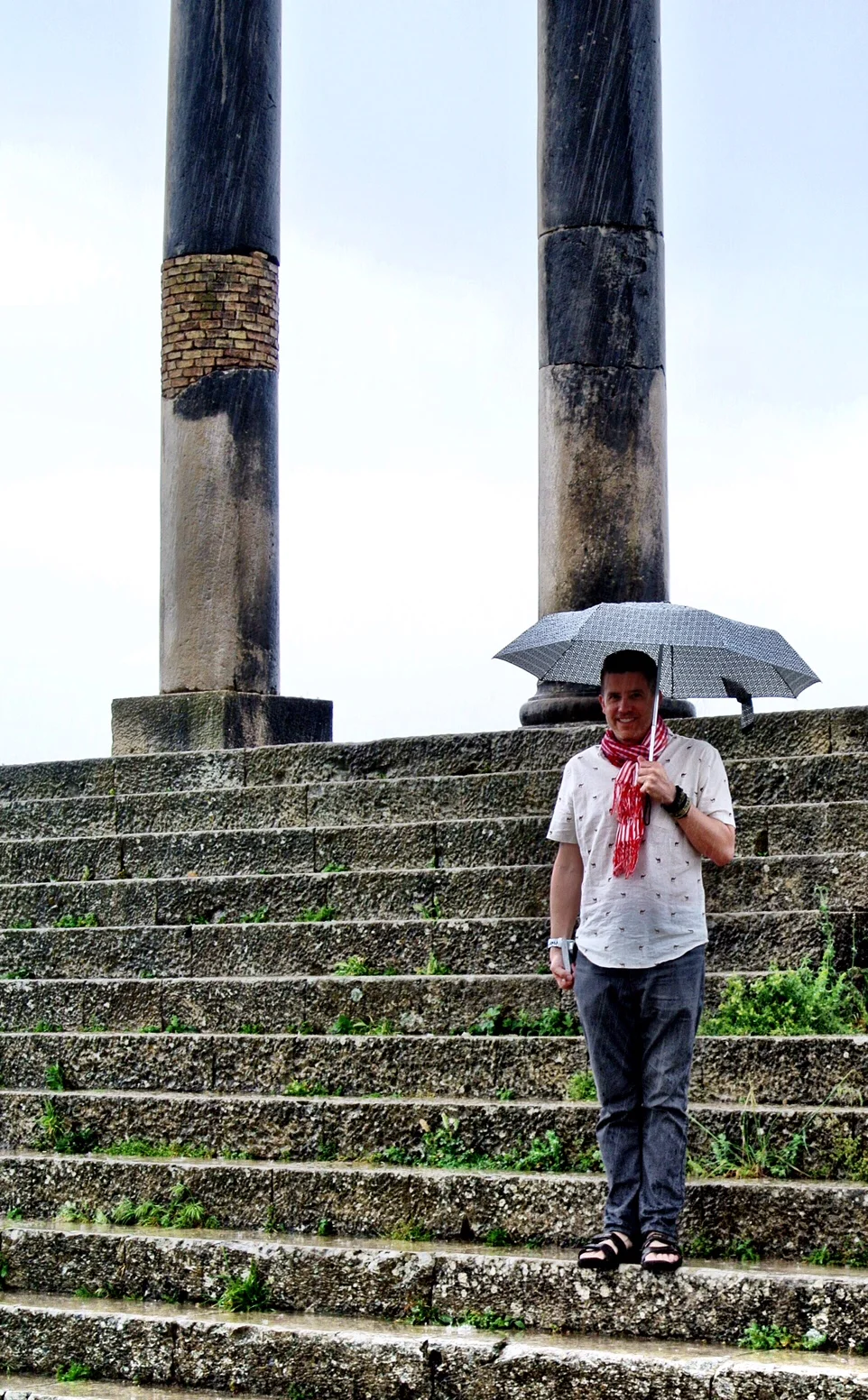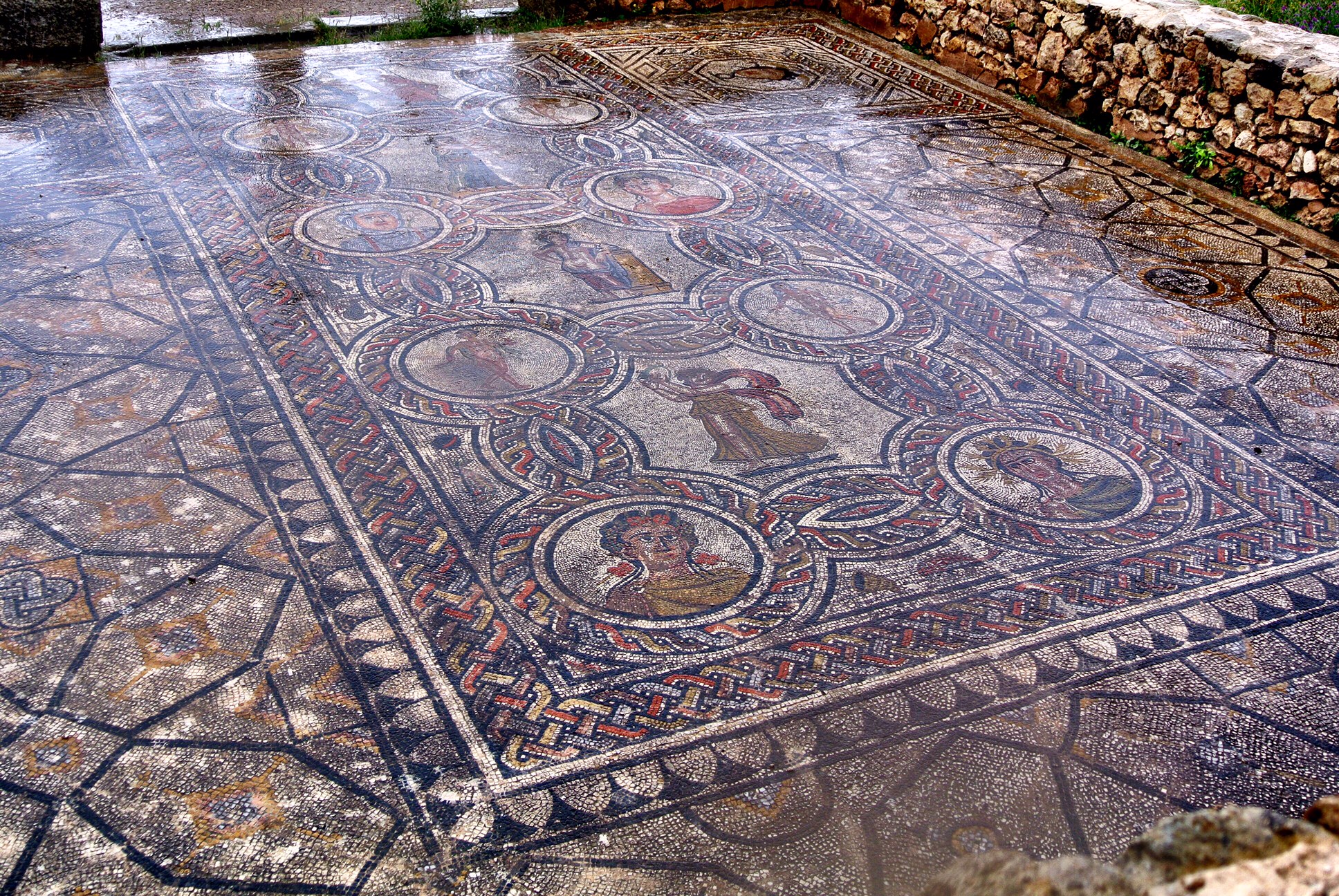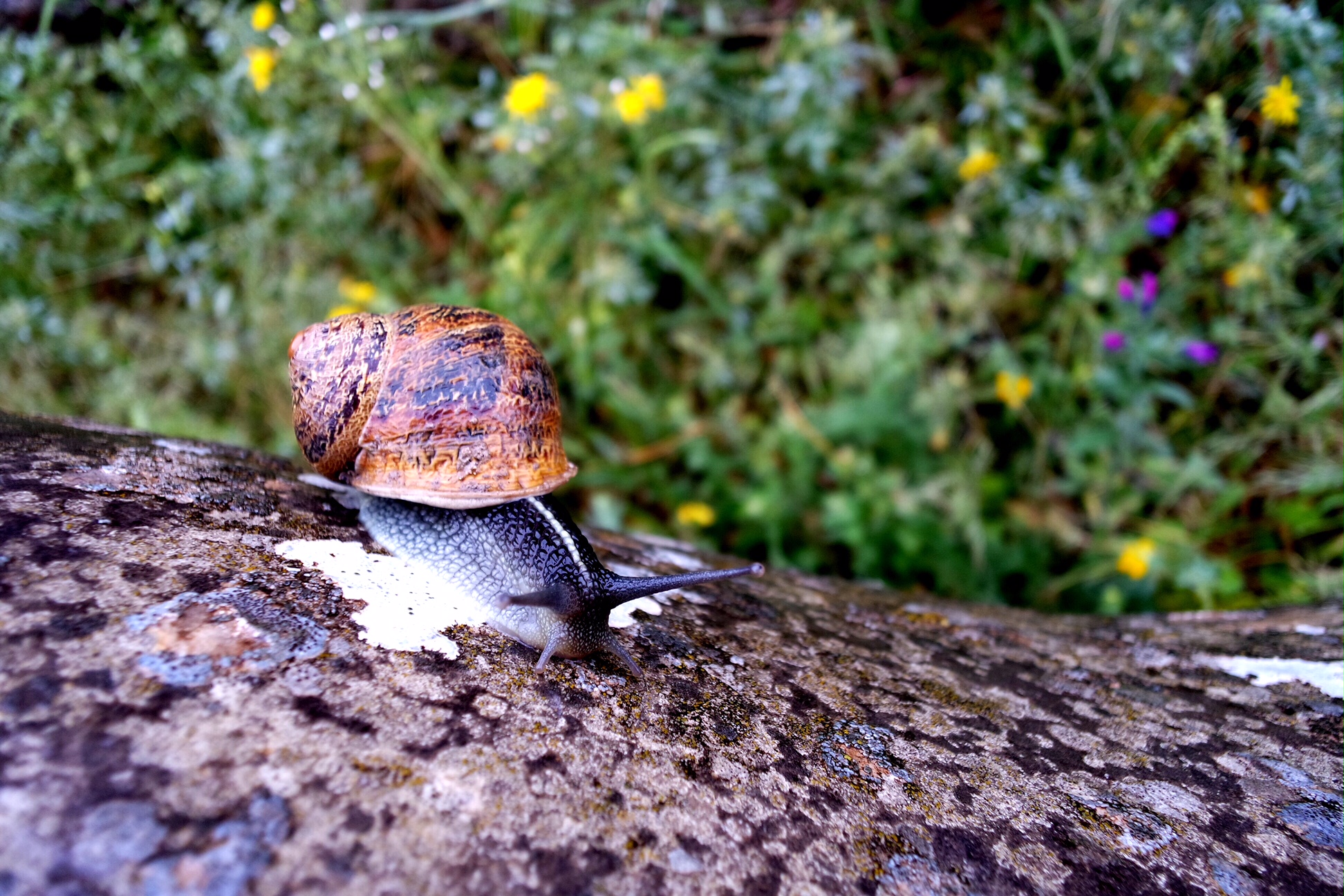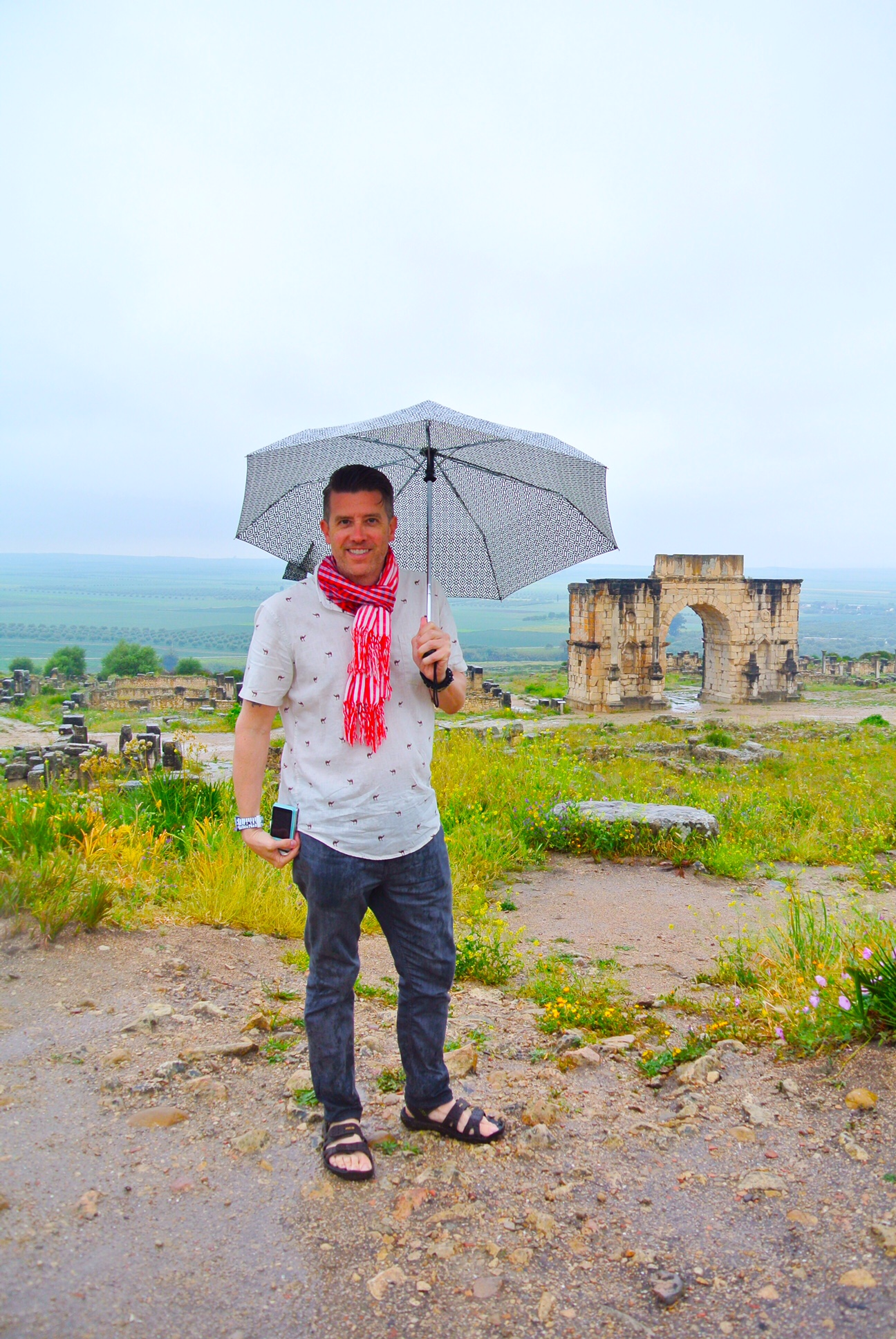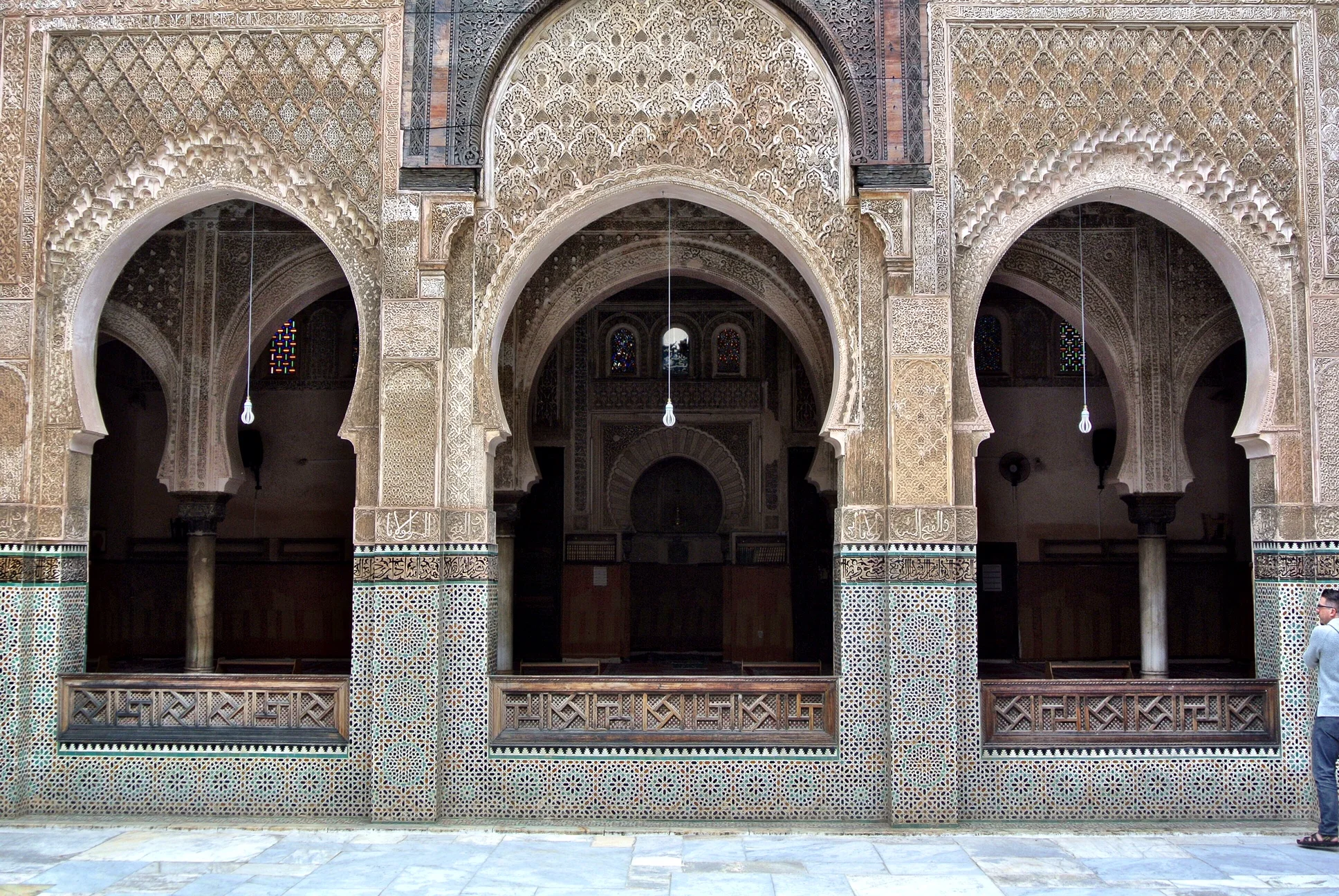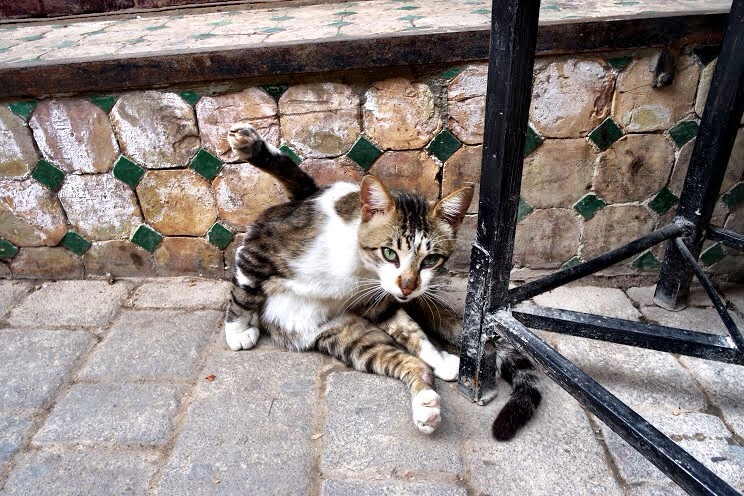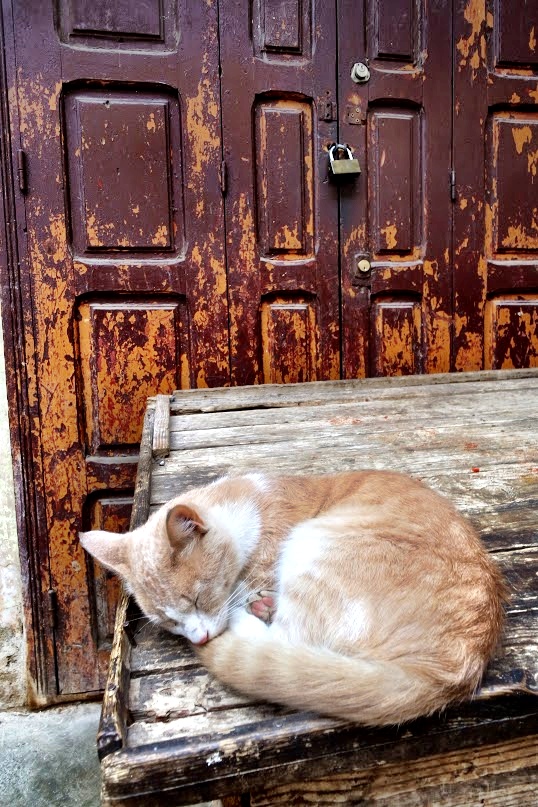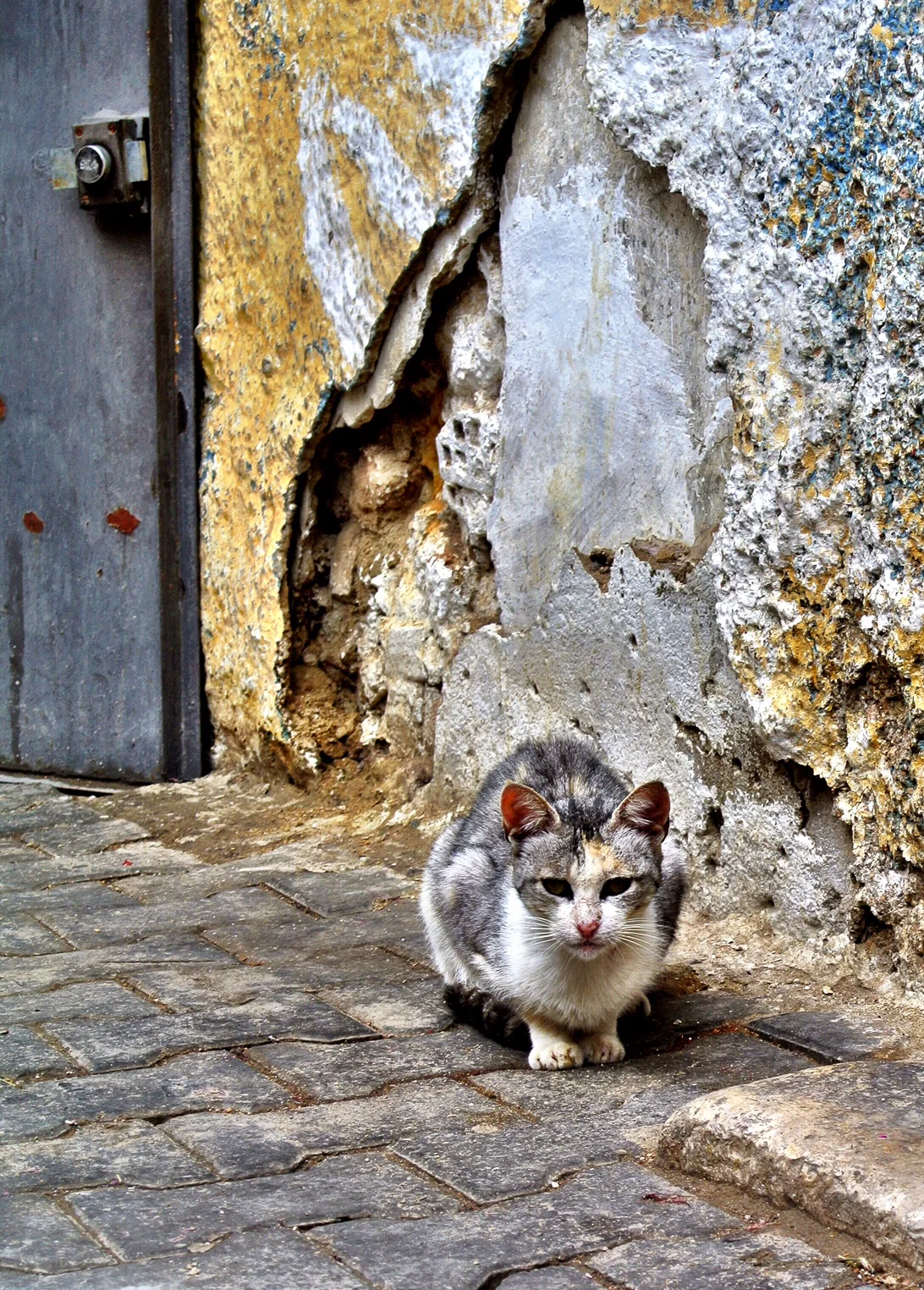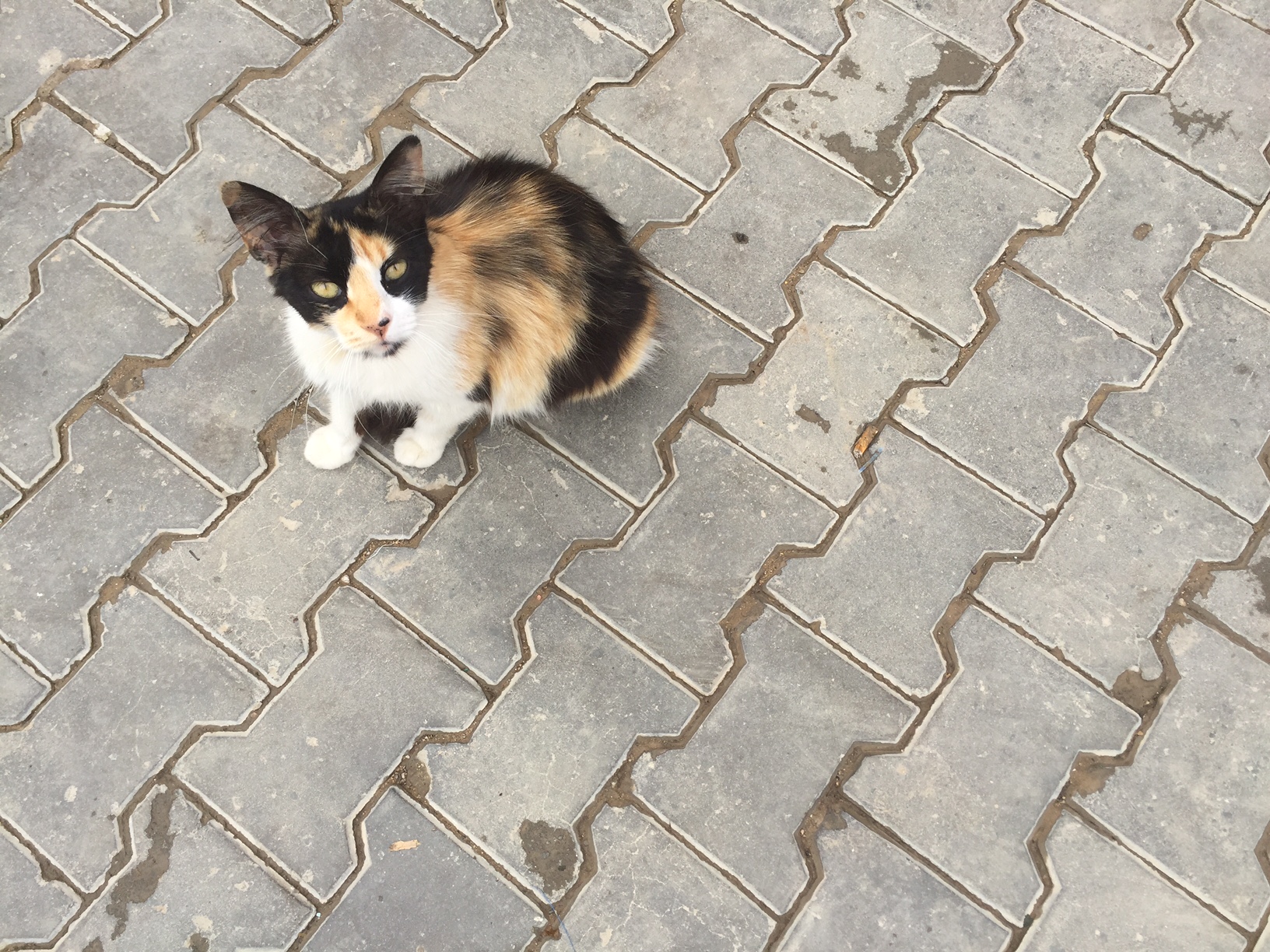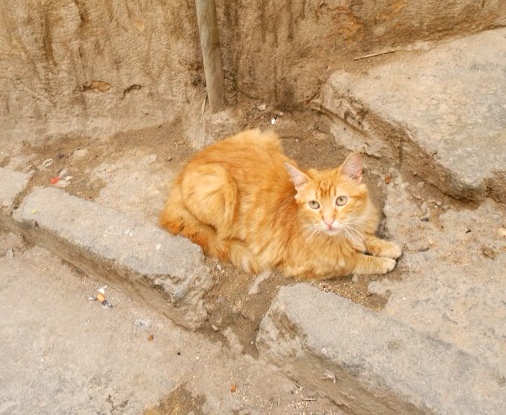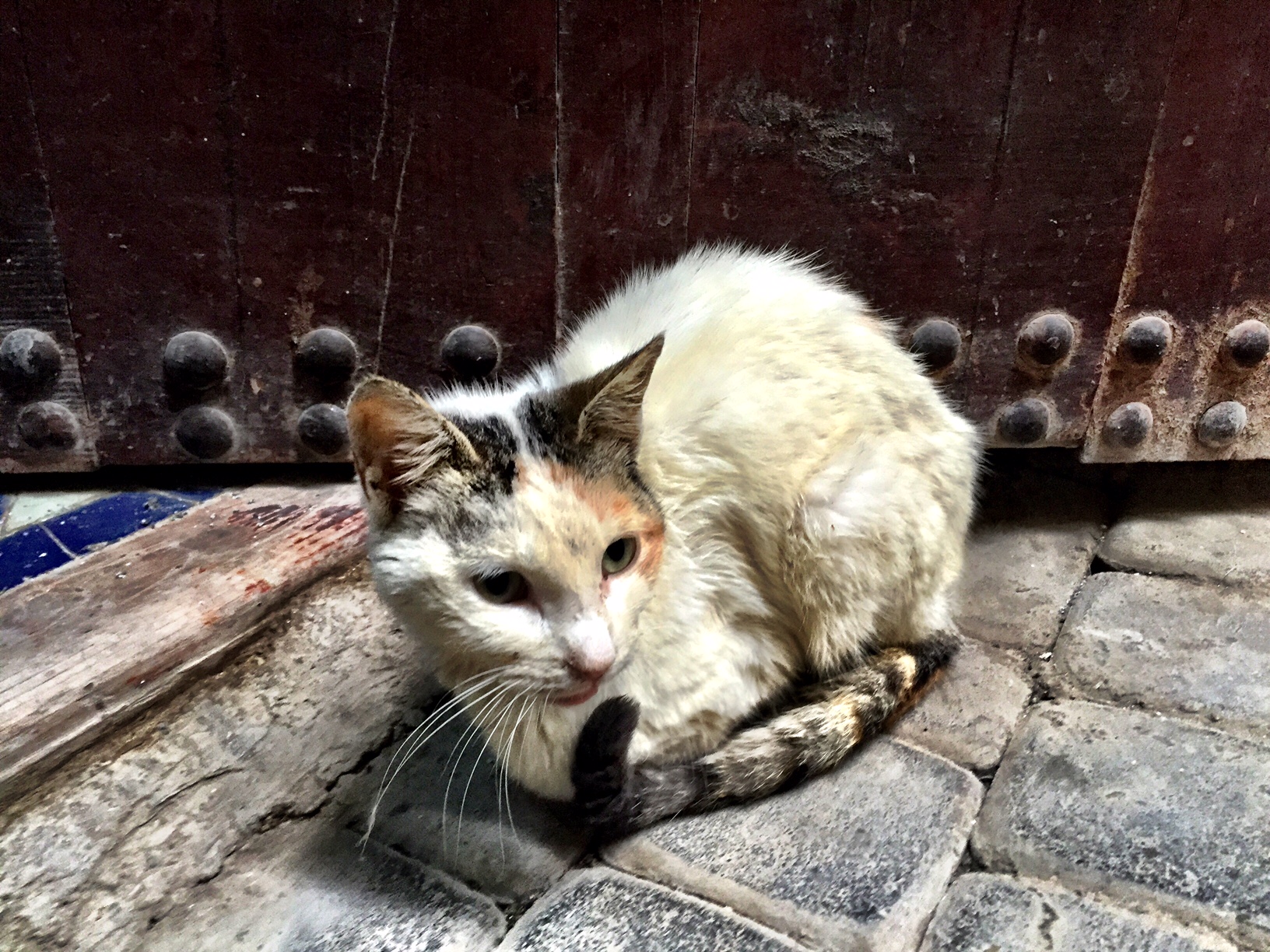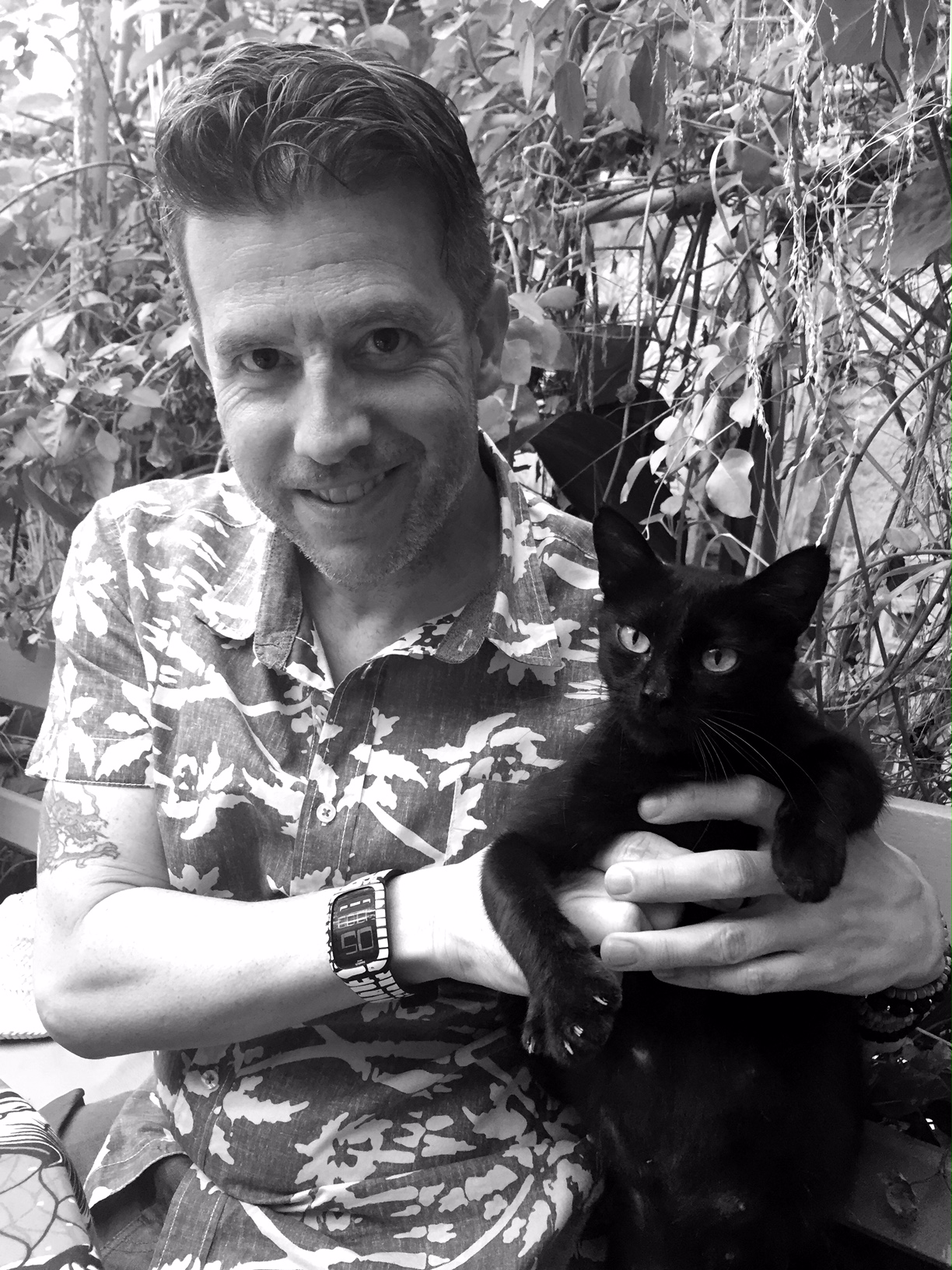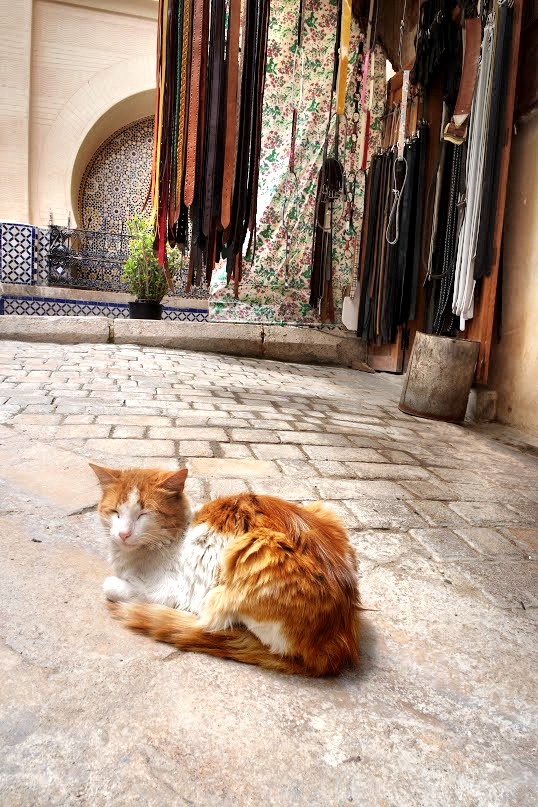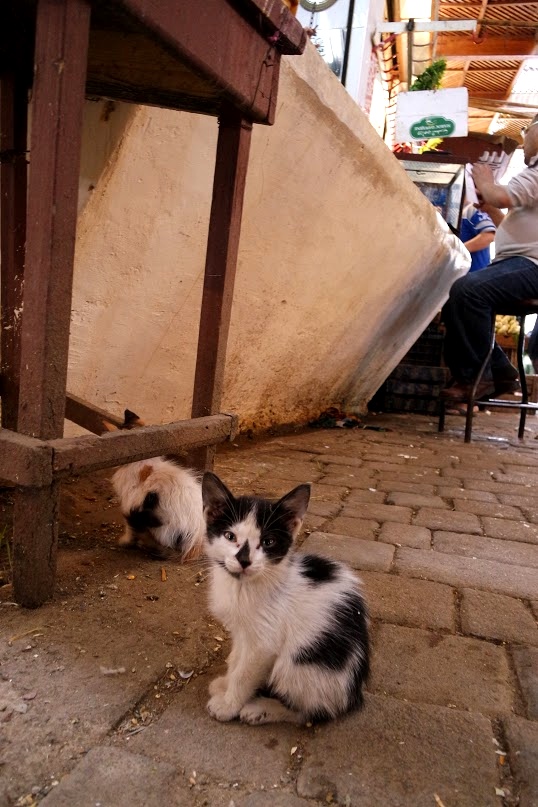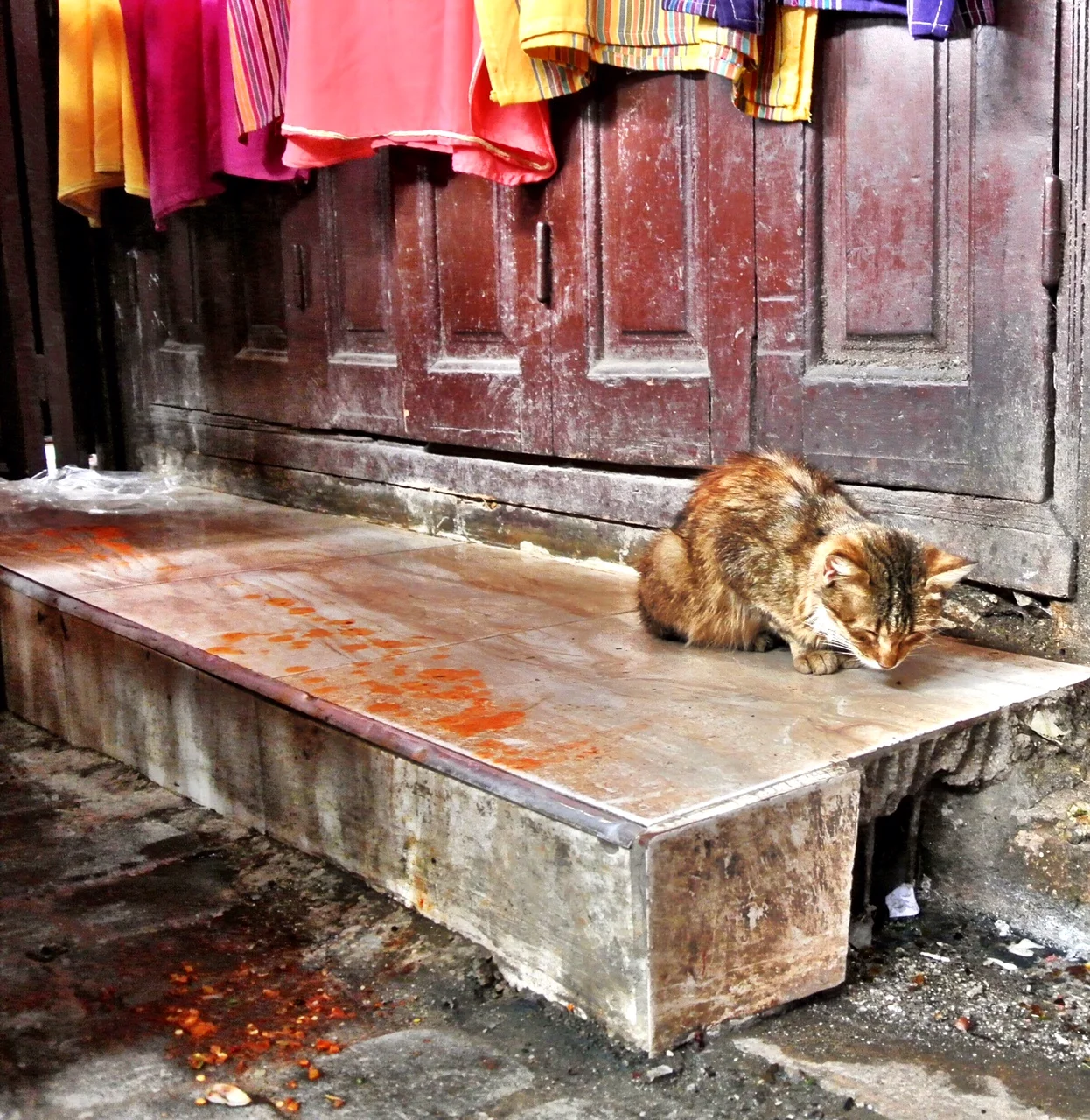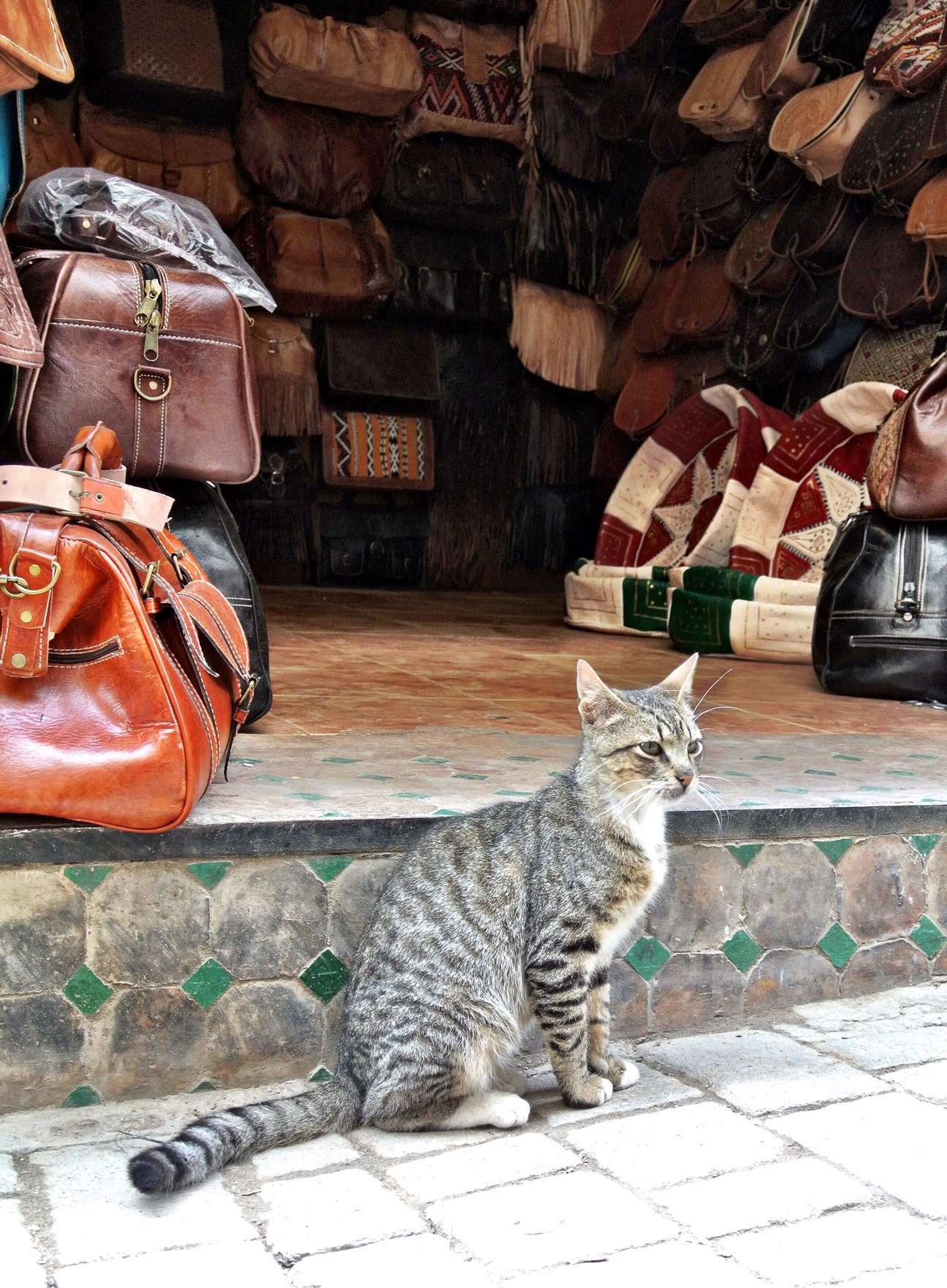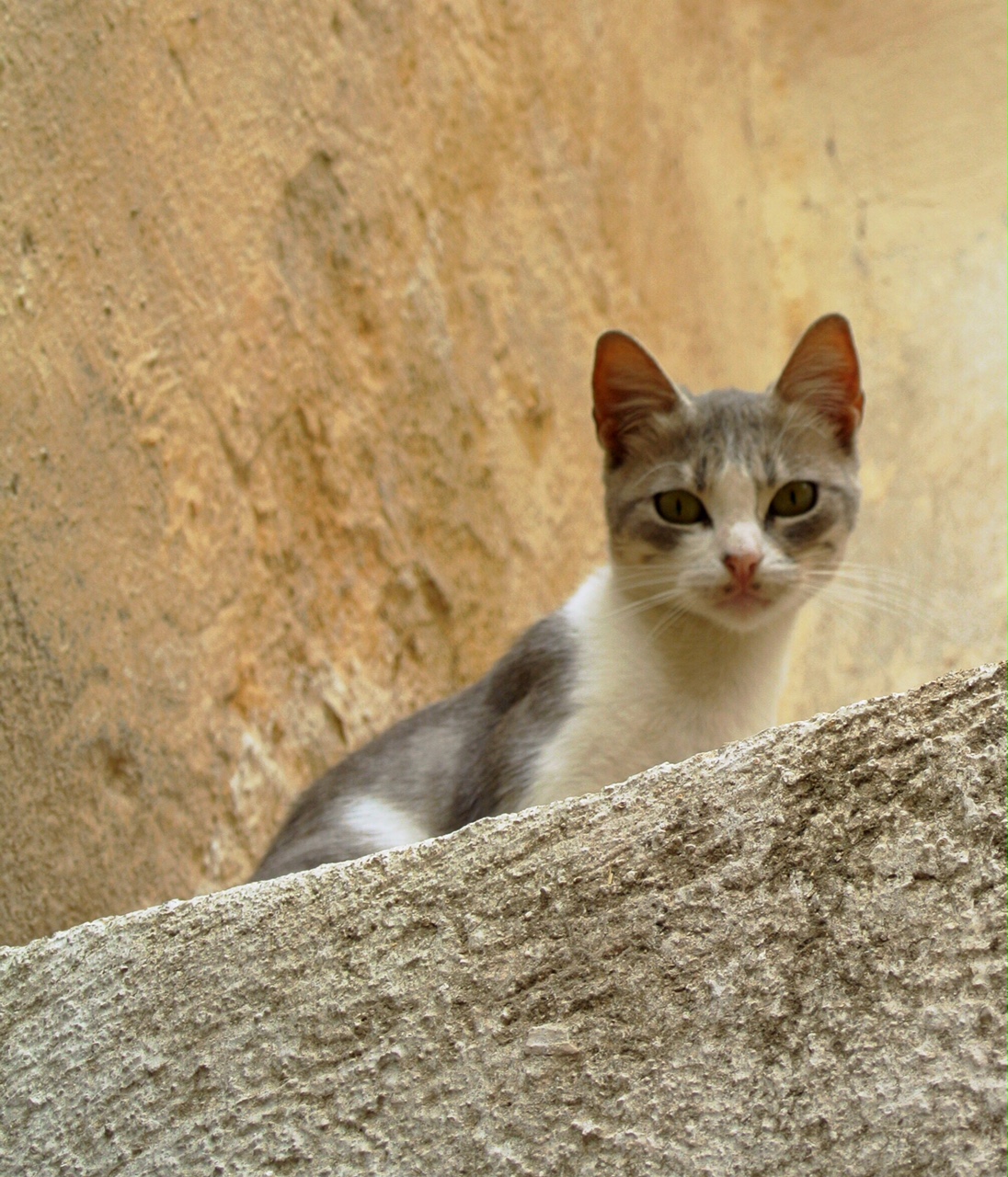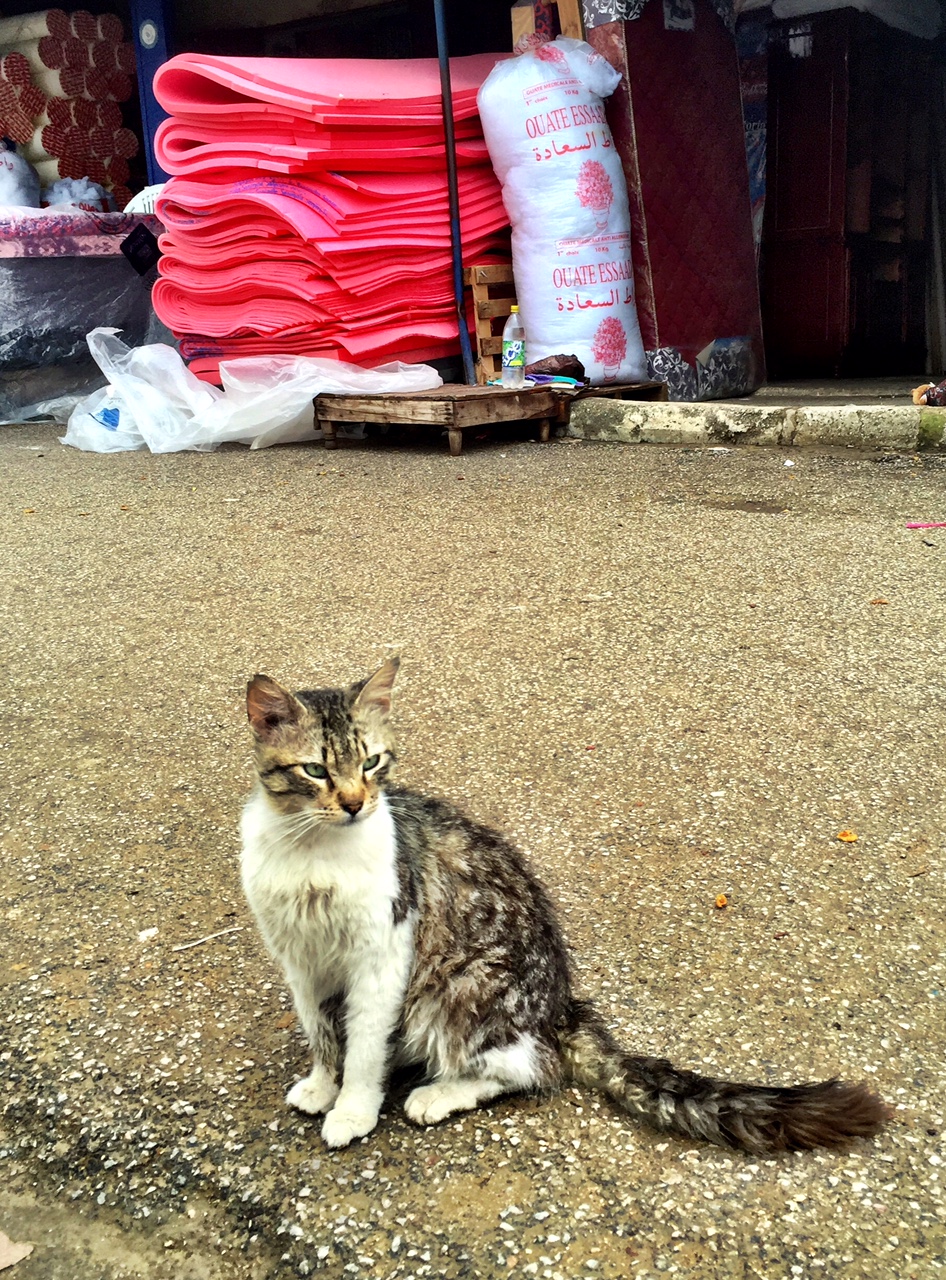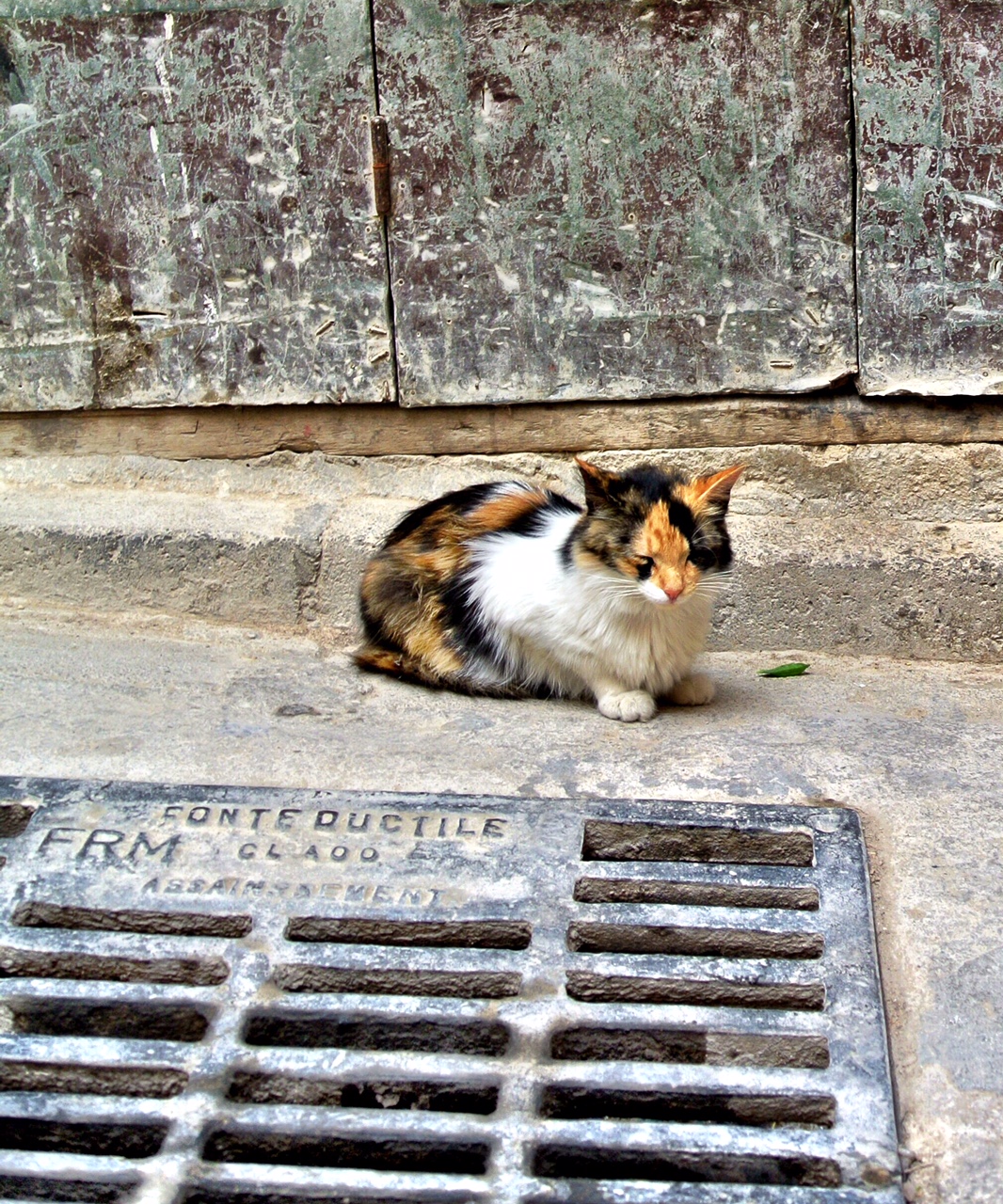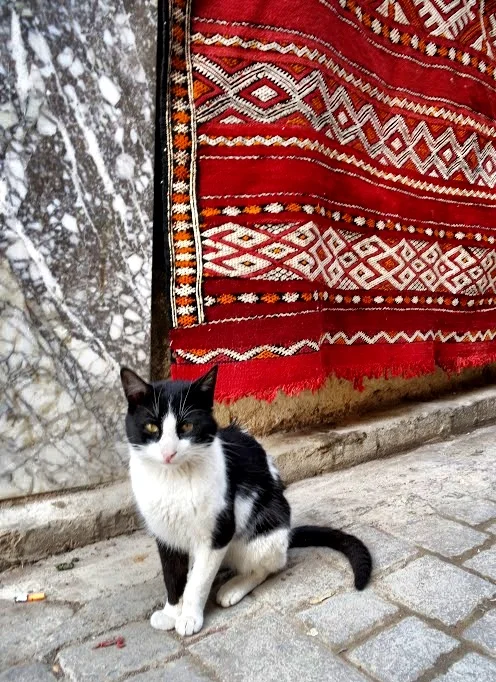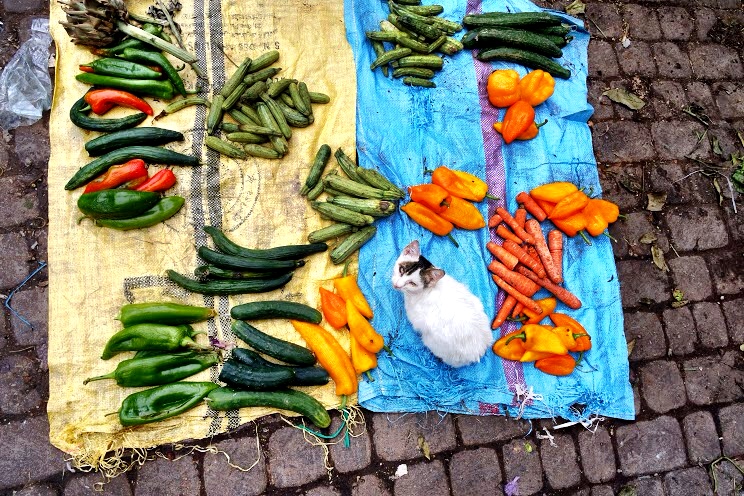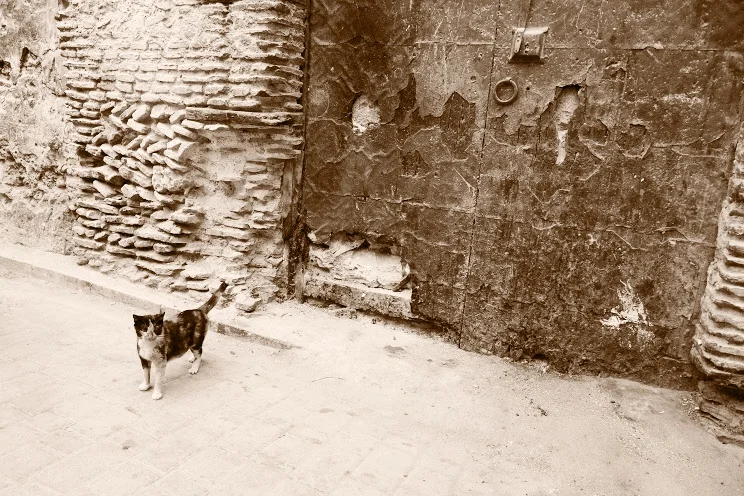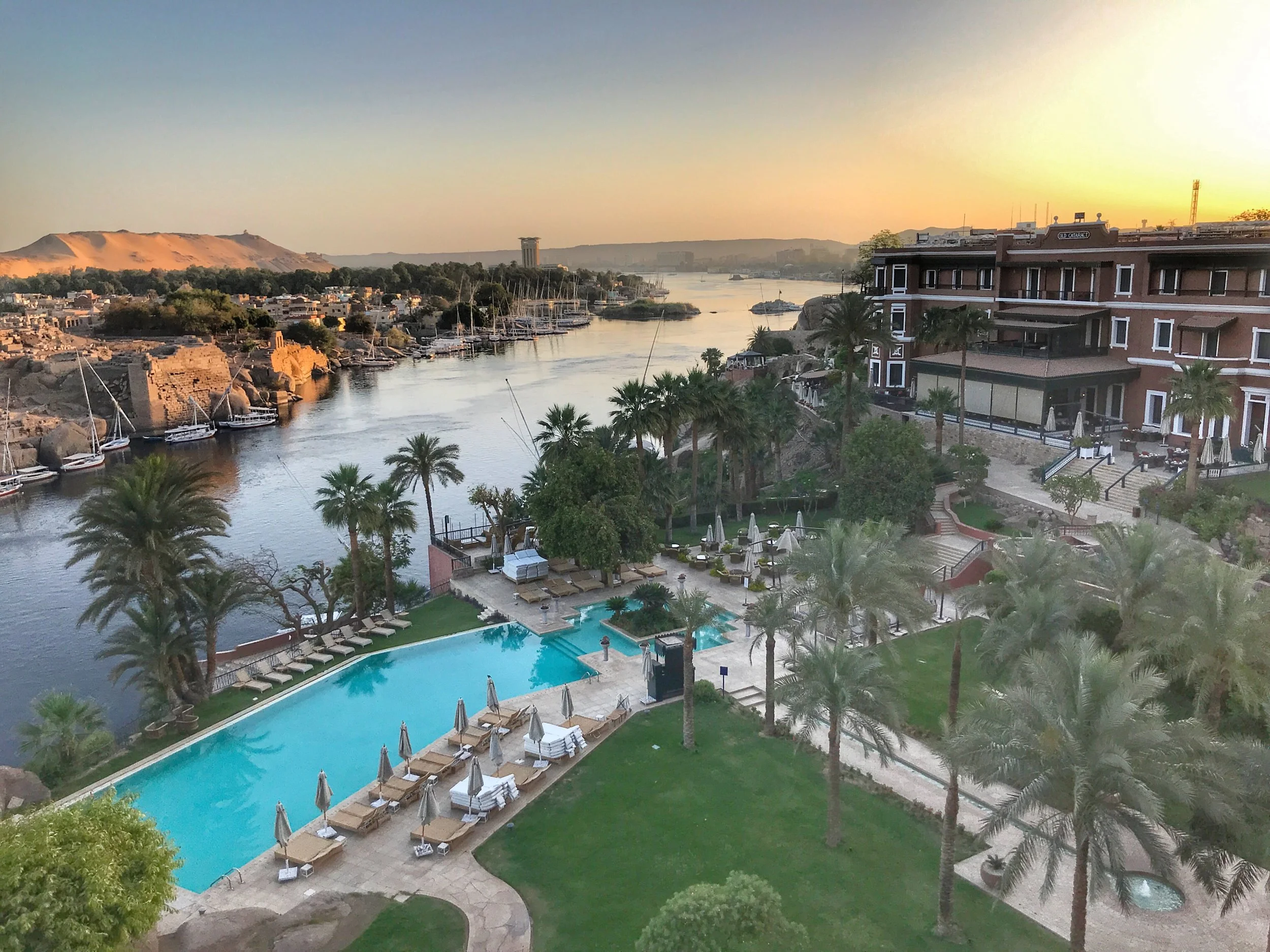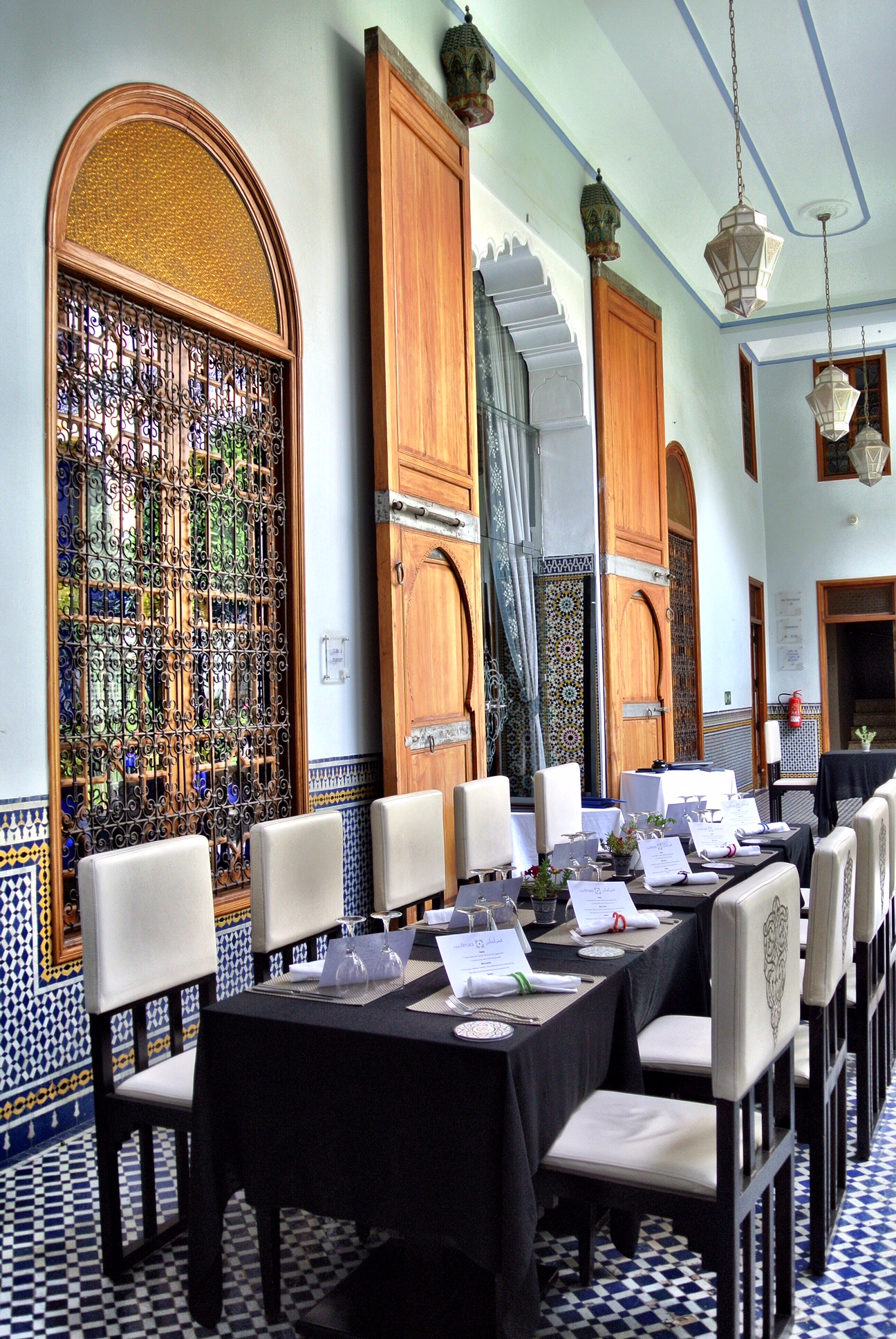Here’s a walk-through of our day of bliss at Les Bains Amani:
Chambre No. 1
The changing room
After a brief wait in the lovely interior courtyard, amidst the gurgling of a fountain and the chirping of birds in the lush foliage, Soukaina, who works in the spa at Palais Amani, approached us. Her beautiful face framed by a head scarf, she led us to a side entrance near the dining area. Up some stairs and into a cozy room with two lounges.
We had been told to bring swimsuits, but to be honest, the typical men’s swimming trunks would be too bulky. If you’re a Speedo type guy, you’d be all set. I instead opted for boxer briefs, which worked out great. They ended up soaking wet by the end, so just remember to bring a spare pair of underwear or you’ll be going commando.
We donned the fluffy robes provided for us, stretched out on the lounges and wondered what awaited us.
Chambre No. 2
Hand and foot scrub
Our hostess returned and led us down to the hammam. It’s in the basement, where the original kitchen once was. Inside a small antechamber, Duke and I sat on a marble bench while the silhouettes of two women emerged from the dark — jagged chiaroscuros in the flickering of candlelight.
Using a mixture of rose water and bran, they began scrubbing our feet and hands.
When my woman got to one of my strange, bulbous thumbs, she stopped, confused and looked at me.
“No problem?” she asked.
I didn’t really know what to say, so I laughed and assured her, “Ça marche.” That works.
Then she got to the other thumb and grabbed it playfully.
“Les deux,” I told her, to indicate they’re both like that. I was really growing fond of her.
Finishing off the process, the women ran a white clay and henna mixture through our hair. Soukina had assured us it wouldn’t dye our hair at all, though I think it would have been fun seeing what it’s like being a faux ginger for a bit, like the adorable vicar on Grantchester.
Chambre No. 3
Rinse, scrub and steam
This is where things got pretty intense. We were led into an adjoining room. It’s larger, with seating along two sides and a fireplace along one end, a large cauldron of water in its depths.
You stand in front of the cauldron, and the women alternately scrub your epidermis raw with exfoliation gloves and pour warm, soothing water over you to rinse the soap off. They grab handfuls of what is referred to as black soap (and is actually a dark brown abrasive goo made of argan oil and mint).
We had visited the small hammam attached to our riad in Marrakech, and after the vigorous scrubbing, I told Duke that, believe it or not, it actually hurt more than getting my tattoo.
I might have been exaggerating. A bit.
It’s almost too bad it was so dark in the room. You can’t see all the skin they’ve sloughed off. I can attest from our last hammam, when there was more light, that there are dark rings of dead skin that collect around your wrists and, presumably, ankles.
You'll feel like you’ve been rebirthed. Fresh, soft and new.
After the dermabrasion, the ladies left us to soak up the steam. We sat on our benches as the room filled with thick, billowing white clouds. It grew more and more difficult to breathe. Soukaina had mentioned that if it gets too hot to let the staff know, and they’ll release some of the steam.
I could tell Duke was starting to freak out, so I suggested we both lie down. That definitely helped us relax.
And just when we thought we had been forgotten and would end up a puddle of water like Frosty the Snowman in the greenhouse, our scrubbing saviors came to fetch us.
Chambre No. 4
Douche
That’s French for shower, sillies. Here’s another useful phrase: un peu trop chaud (“uh puh trow show,” more or less). A little too hot.
It came in handy when my attendant expected me to enter the scalding hot shower.
We were left on your own for this portion. I was so used to being completely pampered, I would have just stood there all day, waiting to be lathered up if Duke hadn’t gone first and let me know we actually had to do the work during this segment.
Again, I could only imagine the skin I shed. It must’ve looked like a snake had molted before it slipped down the drain.
Back to Chambre No. 2
Drying off
The shower room led back to the antechamber where we had our foot and hand scrubs.
Here the two women dried us off. Mine made an adorable production of including my belly button, which made us both giggle. Then they put us in hooded robes. I felt like Emperor Palpatine in Star Wars.
Back upstairs to Chambre No. 1
Tea and relaxation
In the changing room once again, we found a pot of tea waiting for us, along with a plate of coconut macaroons. We nibbled on the delicious cookies and exalted in our luxurious excursion. I could literally do this every day. Maybe I was royalty in a past life. It just felt right.

